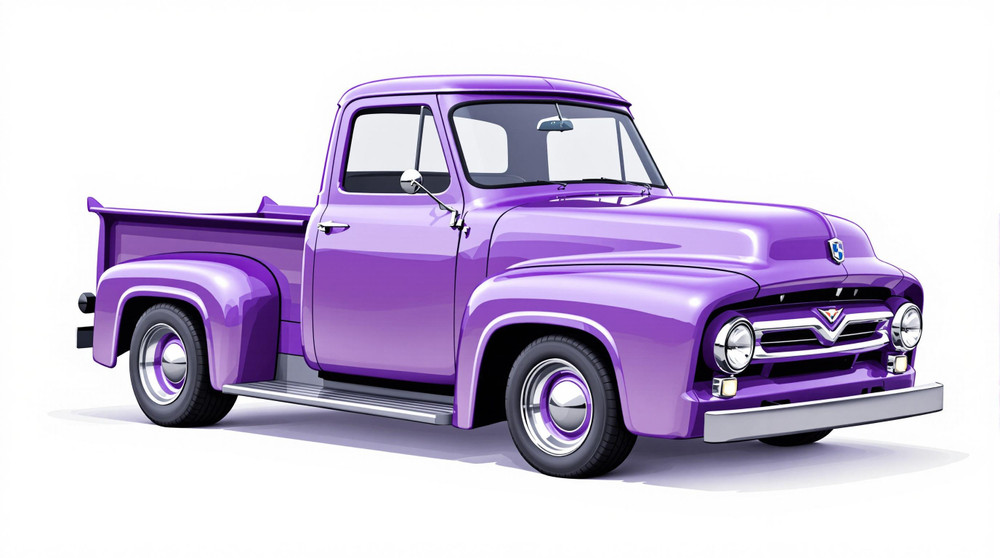Image of 1953 Ford F-100, Note: These illustrations use artistic license and may differ from actual historical models.
Performance Metrics
Fundamental Metrics
Emotional Appeal
MMP Rating
| Engine Specifications | |
|---|---|
| Engine Options: | 215 CID (3.5L) Inline 6, 239 CID (3.9L) V8 |
| Displacement Range: | 215-239 CID |
| Horsepower Range: | 101-110 hp |
| Torque: | 180-190 lb-ft |
| Compression Ratio: | 7.2:1 |
| Ignition System: | Distributor and coil |
| Cooling System: | Liquid cooled |
| Performance Specifications | |
| 0-60 Time: | Estimated 20-25 seconds |
| 1/4 Mile Time: | Estimated 20-22 seconds |
| Top Speed: | 75-80 mph |
| Transmission and Drive | |
| Drive Type: | Rear wheel drive |
| Transmission Type: | 3-speed manual |
| Fuel and Efficiency | |
| Fuel System Type: | Carburetor |
| MPG: | Estimated 10-15 mpg |
| Dimensions and Brakes | |
| Brakes: | Drum brakes |
| Wheelbase: | 110 inches |
| Weight: | 3,200-3,400 lbs |
Note: Specifications for classic cars are given to the best of our ability, considering the limited and variant data available.
The Quintessential American Workhorse: The 1953 Ford F-100
The year 1953 marked the golden anniversary of the Ford Motor Company, and with it came the release of the Ford F-100 pickup truck. A vehicle that would become an icon of American automotive history, the F-100 was more than just a means of transport; it was a testament to post-war prosperity and the burgeoning love affair between Americans and their trucks. The F-100 was part of Ford's F-Series, a lineup that has continued to evolve and dominate the truck market to this day. A notable moment in its history was when it served as the pace truck for the Indianapolis 500, a testament to its popularity and performance.
Design and Innovation
With its bulbous fenders, wide grille, and rounded hood, the 1953 Ford F-100's exterior styling exuded strength and simplicity. The interior was a leap forward in comfort, featuring a "Five Star" cab with improved headroom, legroom, and a wider bench seat. The materials used ranged from durable vinyl to rugged textiles, designed to withstand the rigors of daily work. Technological advancements included a more efficient cargo box and an optional Ford-O-Matic automatic transmission—a luxury in trucks at the time. The color palette offered choices like Meadow Green and Raven Black, with the brighter hues often catching the eye of enthusiasts. Among the body styles, the standard rear-wheel drive with an 8-foot bed proved to be iconic.
Historical Significance
The F-100's impact on automotive design was profound. It introduced features such as an integrated heater/defroster system and a more driver-centric dashboard layout. This truck set itself apart through its balance of utility and comfort, influencing how future pickups would be designed to cater not just to laborers but also to families and recreational users.
Performance and Handling
Under the hood, the 1953 F-100 was offered with a choice of two engines: a 215 cubic-inch inline-six or a 239 cubic-inch V8, capable of reaching a top speed that was competitive for its era. The ride was known for its sturdiness over bumps and reliability under various driving conditions. Drivers often praised the visceral experience—the throaty rumble of the engine and the feeling of raw power at their fingertips.
Ownership Experience
The F-100 served many roles from a dependable daily driver to an attention-grabbing show car. Its straightforward design made maintenance relatively easy for the average owner, contributing to its enduring presence on American roads. While not without its quirks, the F-100's reliability is part of its charm.
Fun Facts
The F-100 has been seen in numerous films and owned by several celebrities, adding to its cool factor. While not known for breaking speed records, it has set records in terms of sales and longevity in production. Criticisms over time have often focused on fuel efficiency—a common issue among older trucks.
Collector's Information
Today, a well-maintained 1953 Ford F-100 can fetch anywhere from $20,000 to $60,000 depending on its condition, originality, and history. With production numbers in the tens of thousands, they are rare but not impossible to find. The value of these trucks has steadily appreciated over time as nostalgia and the trend for vintage pickups continue to grow.
Conclusion
The 1953 Ford F-100 is not just a vehicle; it's a slice of Americana that captures the spirit of an era. Its combination of style, functionality, and comfort has cemented its place in automotive history. Whether you're a collector or an enthusiast, the F-100 continues to be a symbol of durability and classic design that stands the test of time.
1953 Ford F-100 Catalog of Parts
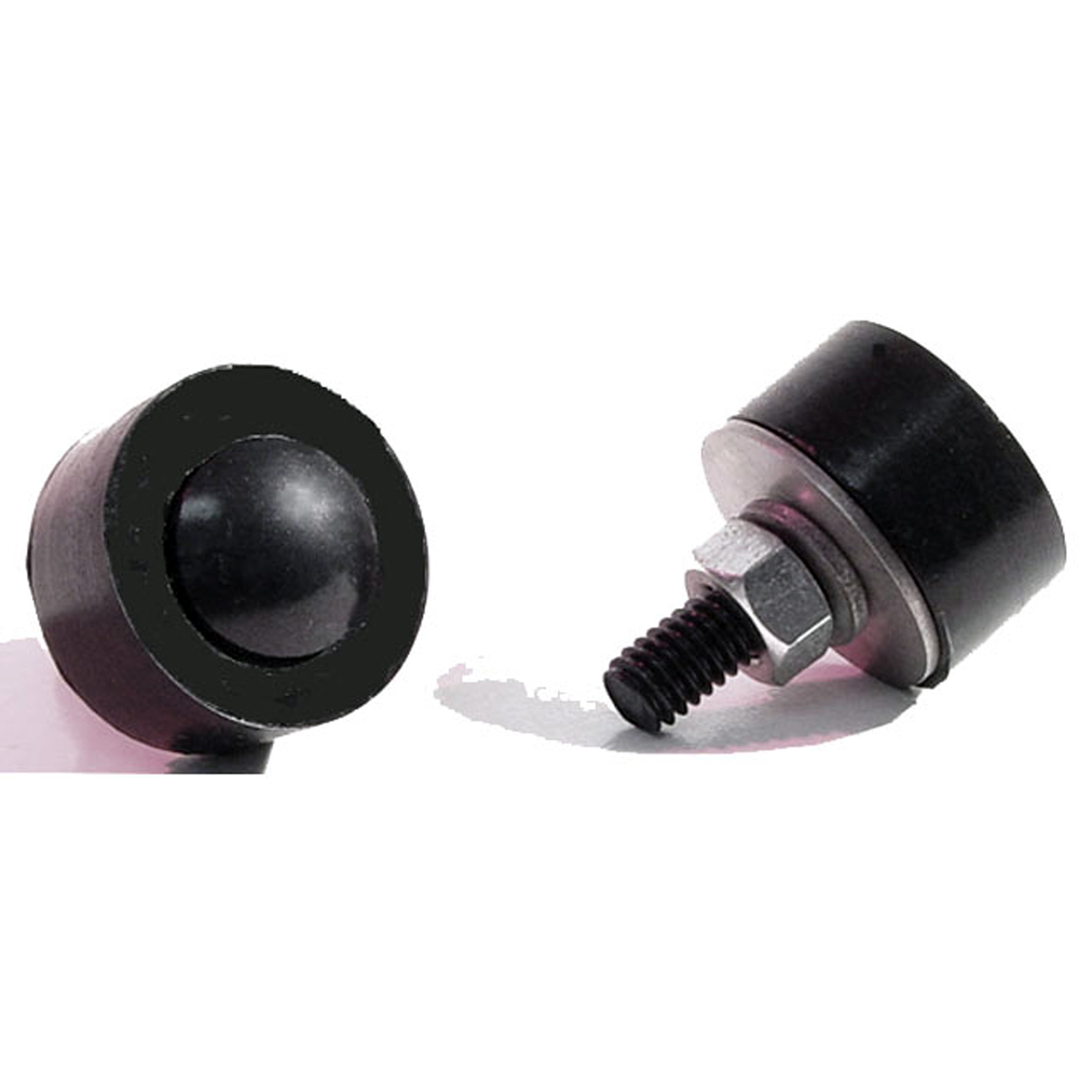 1953 Ford F-100 Running Board Cushion-ARB 1Running Board Cushion. Includes: rubber spacer, carriage bolt, nut and lock washer. Pair
1953 Ford F-100 Running Board Cushion-ARB 1Running Board Cushion. Includes: rubber spacer, carriage bolt, nut and lock washer. Pair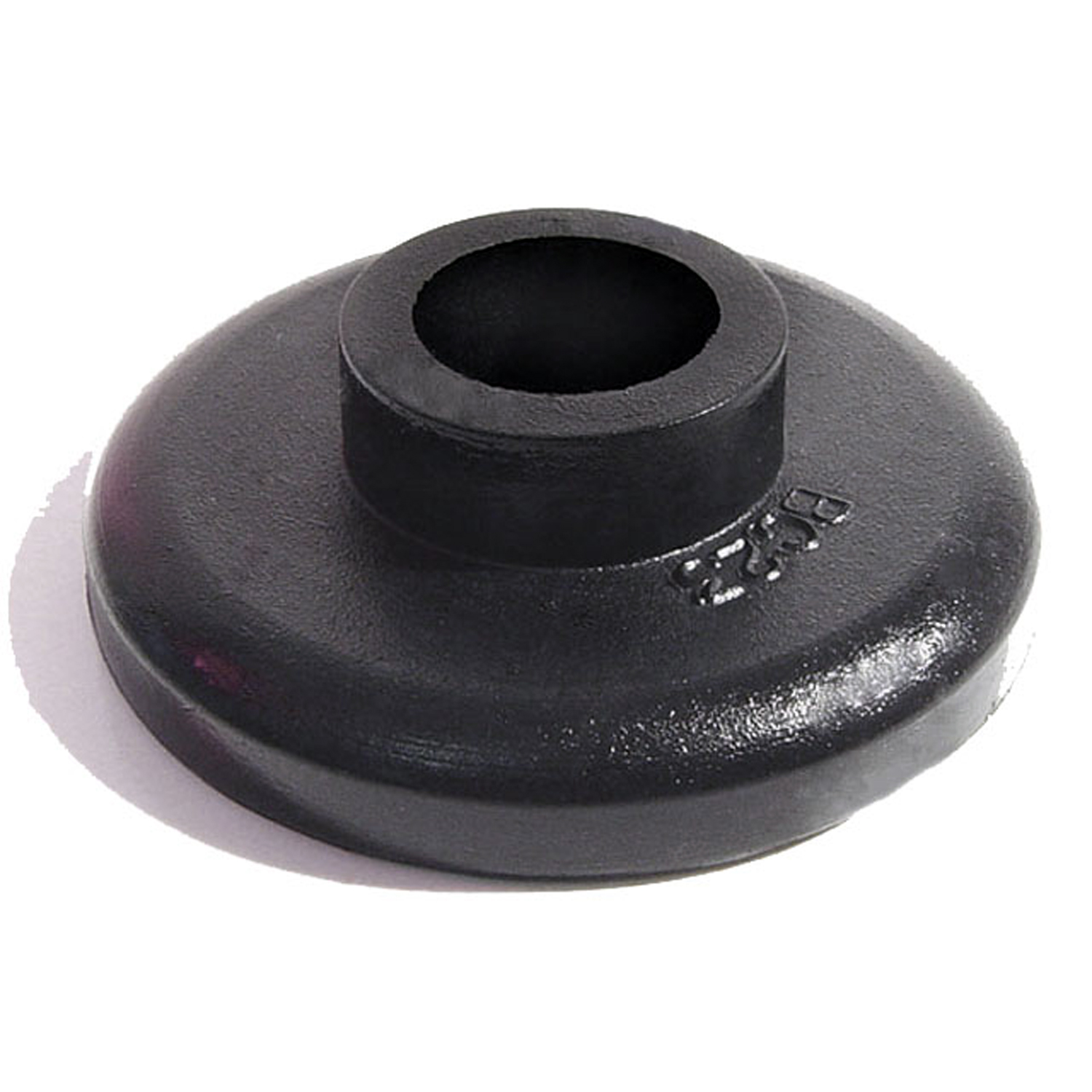 1953 Ford F-100 Lower Mount Cushion for cab frame. Base: 1-5/8" W X 1/4" H-BC 23Lower Mount Cushion for cab frame. Base: 1-5/8" W X 1/4" H. Hole: 11/16" O.D., 1/2" I.D., 1/4" High. Each
1953 Ford F-100 Lower Mount Cushion for cab frame. Base: 1-5/8" W X 1/4" H-BC 23Lower Mount Cushion for cab frame. Base: 1-5/8" W X 1/4" H. Hole: 11/16" O.D., 1/2" I.D., 1/4" High. Each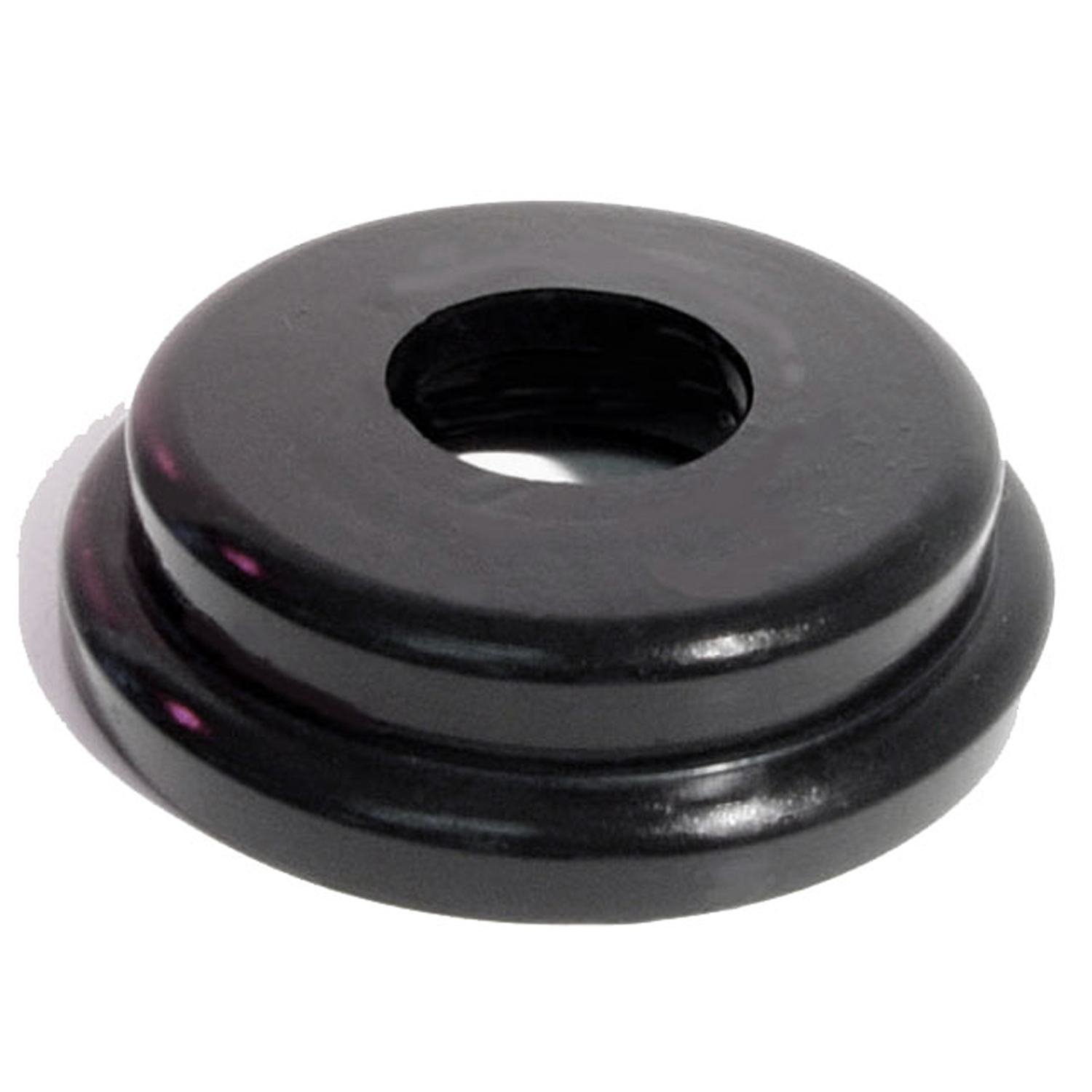 1953 Ford F-100 Upper Mount Cushion for front of cab frame-BC 24Upper Mount Cushion for front of cab frame. Base: 2-3/4" W X 5/16" H. Hole: 2-5/16" O.D., 1" I.D., 3/8" High. Each
1953 Ford F-100 Upper Mount Cushion for front of cab frame-BC 24Upper Mount Cushion for front of cab frame. Base: 2-3/4" W X 5/16" H. Hole: 2-5/16" O.D., 1" I.D., 3/8" High. Each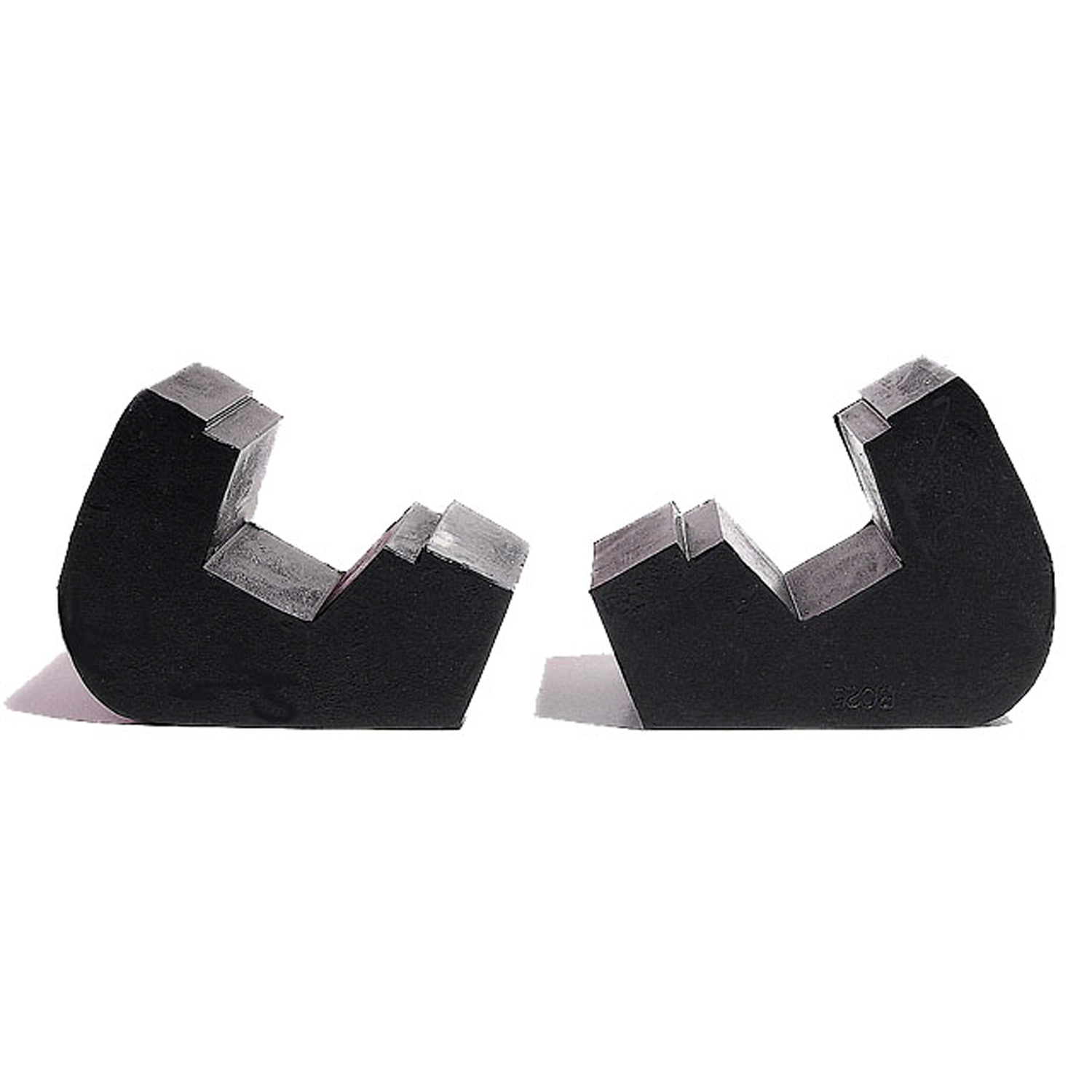 1953 Ford F-100 Spring and Shackle Insulators-BC 25Spring and Shackle Insulators. Rear cab to frame suspension bumpers. Pair
1953 Ford F-100 Spring and Shackle Insulators-BC 25Spring and Shackle Insulators. Rear cab to frame suspension bumpers. Pair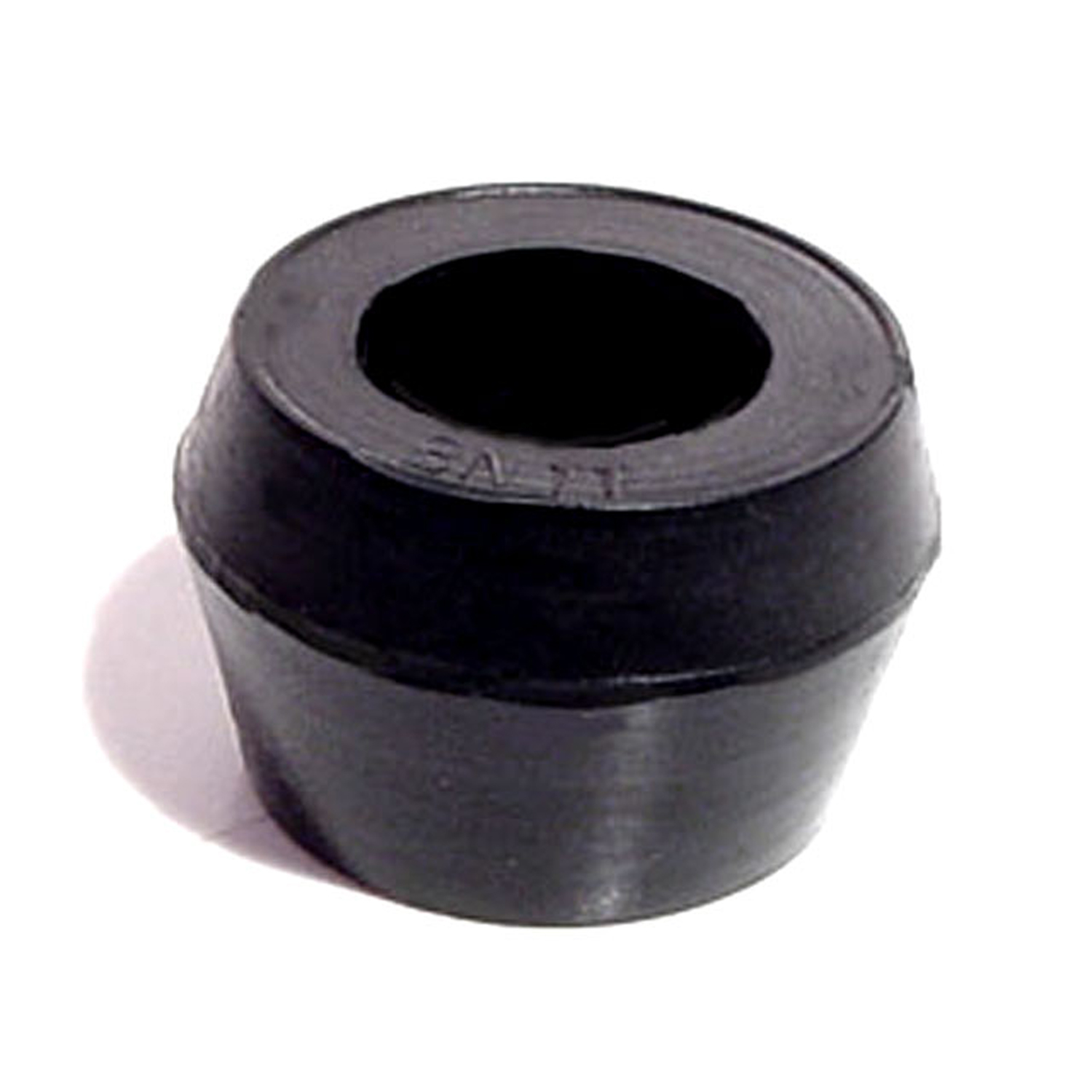 1953 Ford F-100 Shock Absorber Grommet. 1" bottom O.D-BN 11Shock Absorber Grommet. 1" bottom O.D., 3/4" high, with 5/8" I.D. Each
1953 Ford F-100 Shock Absorber Grommet. 1" bottom O.D-BN 11Shock Absorber Grommet. 1" bottom O.D., 3/4" high, with 5/8" I.D. Each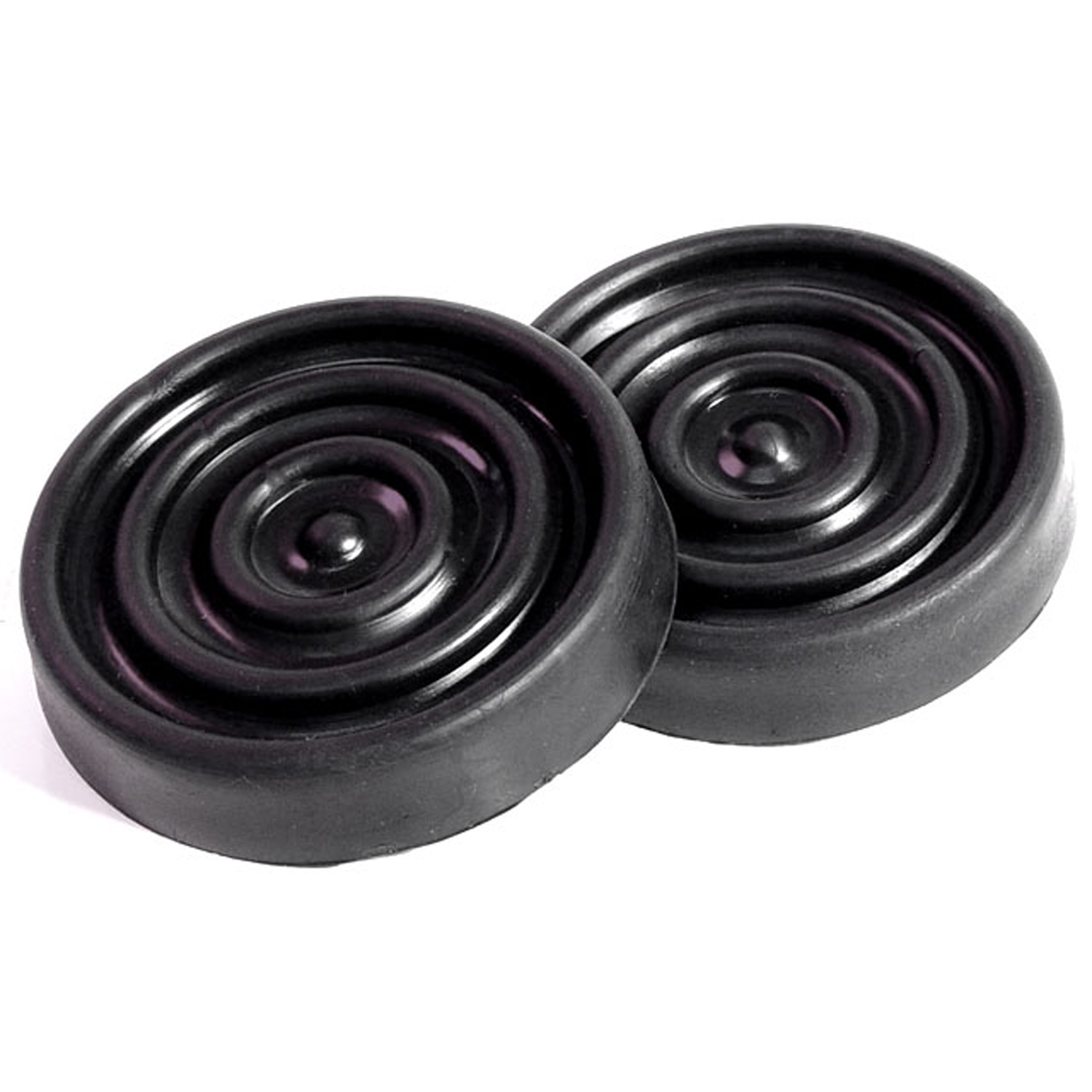 1953 Ford F-100 Clutch and Brake Pedal Pads-CB 106Clutch and Brake Pedal Pads. Made with molded steel core and threaded stud. 3" diameter. Pair
1953 Ford F-100 Clutch and Brake Pedal Pads-CB 106Clutch and Brake Pedal Pads. Made with molded steel core and threaded stud. 3" diameter. Pair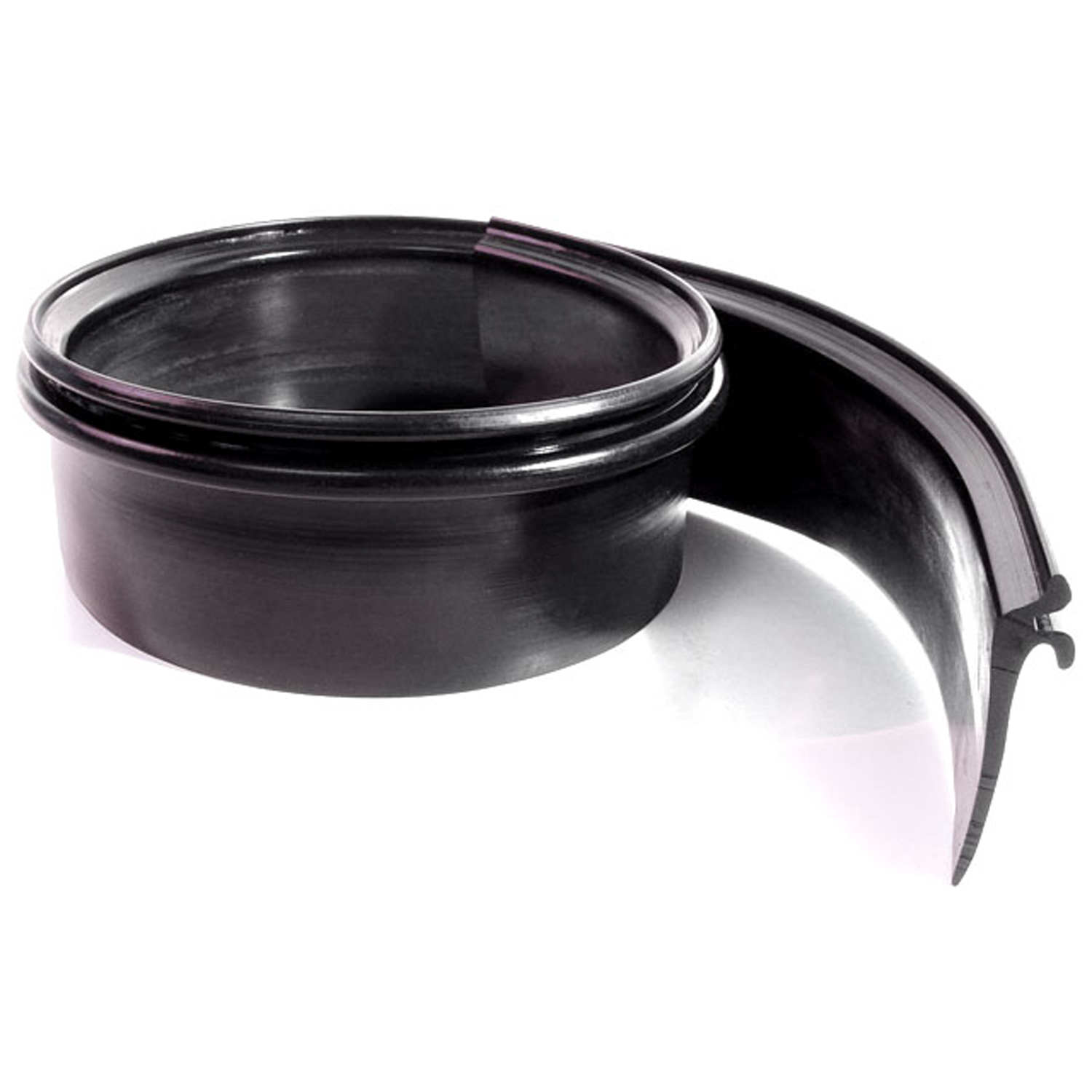 1953 Ford F-100 Radiator to Hood Seal. 2-5/8" wide X 33" long. Each-CS 109-GRadiator to Hood Seal. 2-5/8" wide X 33" long. Each
1953 Ford F-100 Radiator to Hood Seal. 2-5/8" wide X 33" long. Each-CS 109-GRadiator to Hood Seal. 2-5/8" wide X 33" long. Each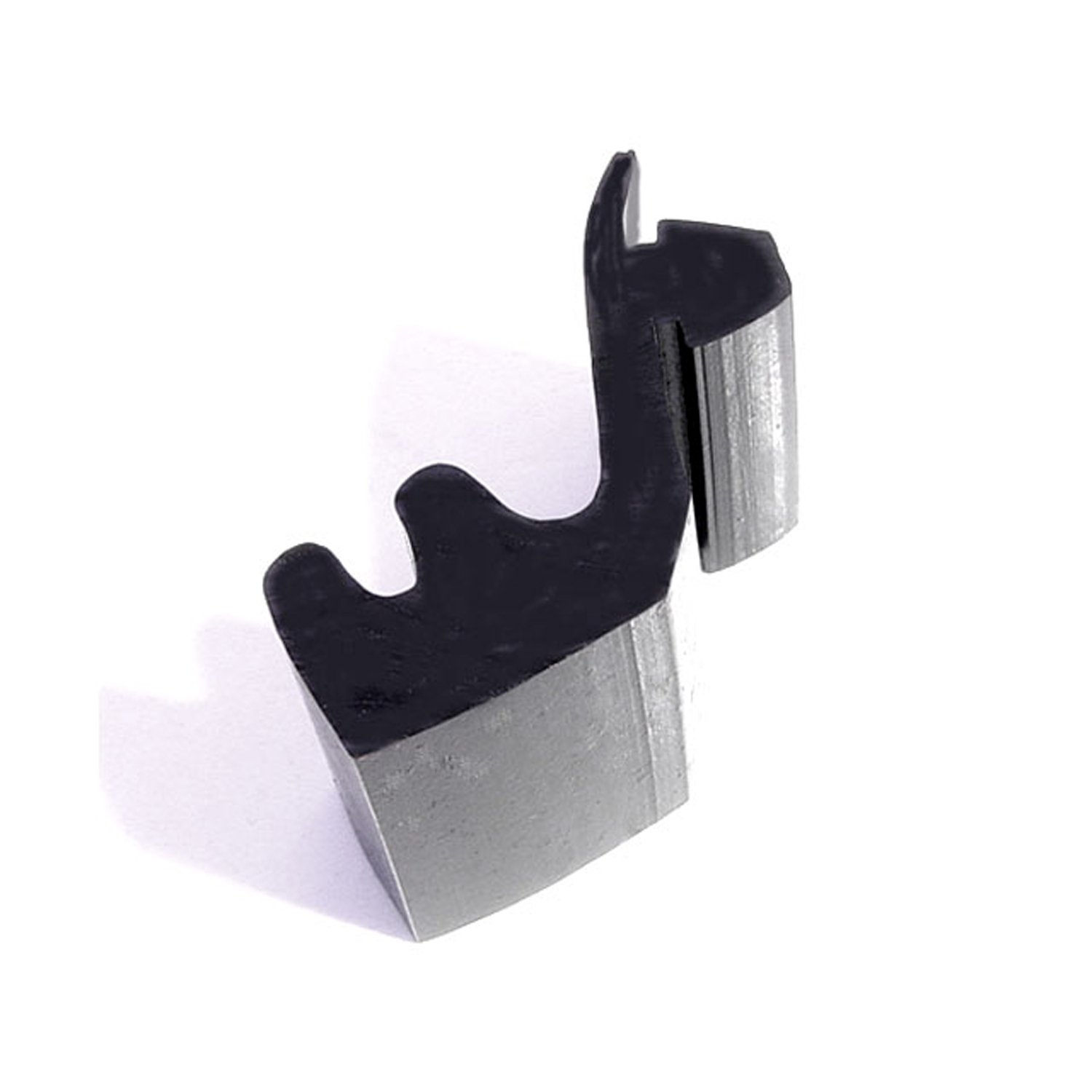 1953 Ford F-100 Hood to Fender Bumper. Top Notch Reproduction. Each-HF 33Hood to Fender Bumper. Top Notch Reproduction. Each
1953 Ford F-100 Hood to Fender Bumper. Top Notch Reproduction. Each-HF 33Hood to Fender Bumper. Top Notch Reproduction. Each 1953 Ford F-100 Headlight Assembly Housing Gasket. 8-5/8" O.D., 8" I.D-HR 11Headlight Assembly Housing Gasket. 8-5/8" O.D., 8" I.D. Pair
1953 Ford F-100 Headlight Assembly Housing Gasket. 8-5/8" O.D., 8" I.D-HR 11Headlight Assembly Housing Gasket. 8-5/8" O.D., 8" I.D. Pair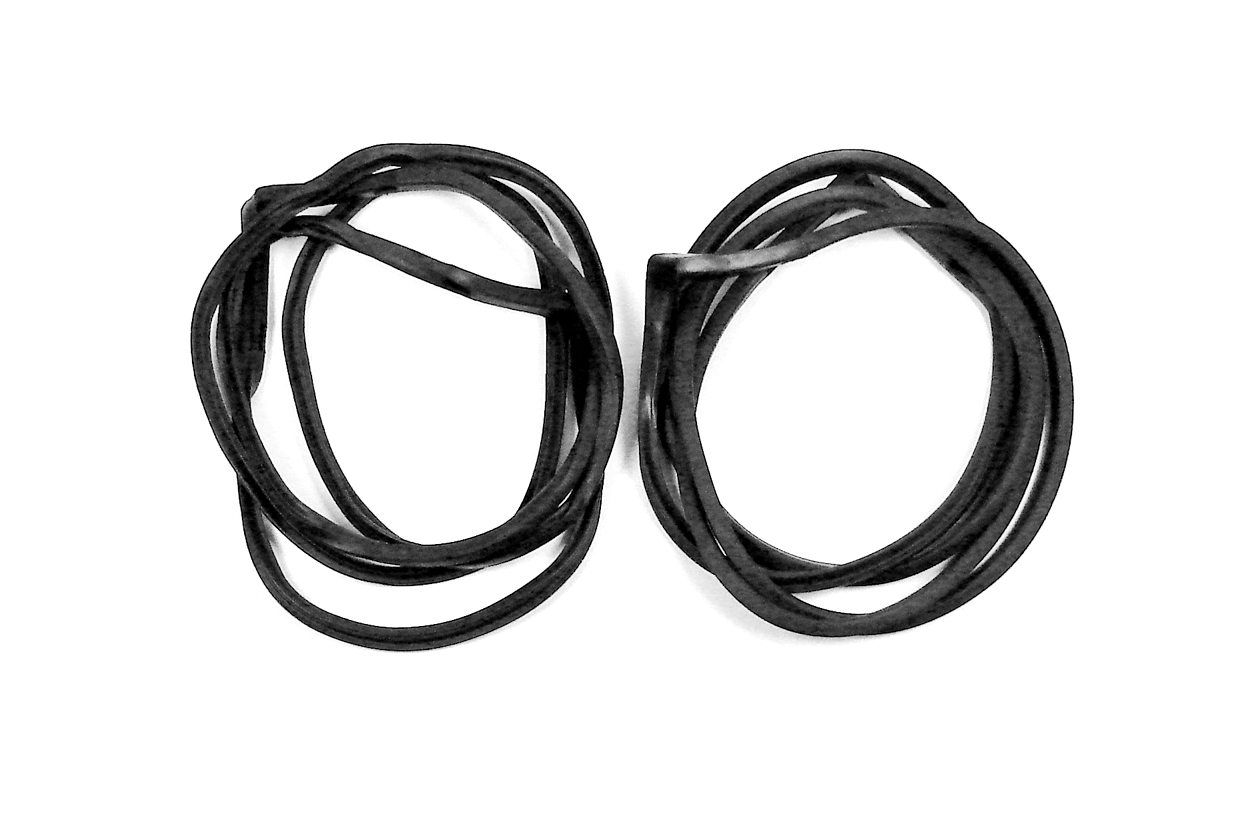 1953 Ford F-100 Door Seals, 53-55 Ford F-Series Truck, On Body, Pair-LM 110-XDoor Seals, 53-55 Ford F-Series Truck, On Body, Pair. Protect your vehicle’s interior from the outside elements by replacing your dried-out door weatherstrips with this proven product. These seals have been hollowed out so the doors can close correctly. Mounts on the doors with weatherstrip adhesive (not included).
1953 Ford F-100 Door Seals, 53-55 Ford F-Series Truck, On Body, Pair-LM 110-XDoor Seals, 53-55 Ford F-Series Truck, On Body, Pair. Protect your vehicle’s interior from the outside elements by replacing your dried-out door weatherstrips with this proven product. These seals have been hollowed out so the doors can close correctly. Mounts on the doors with weatherstrip adhesive (not included).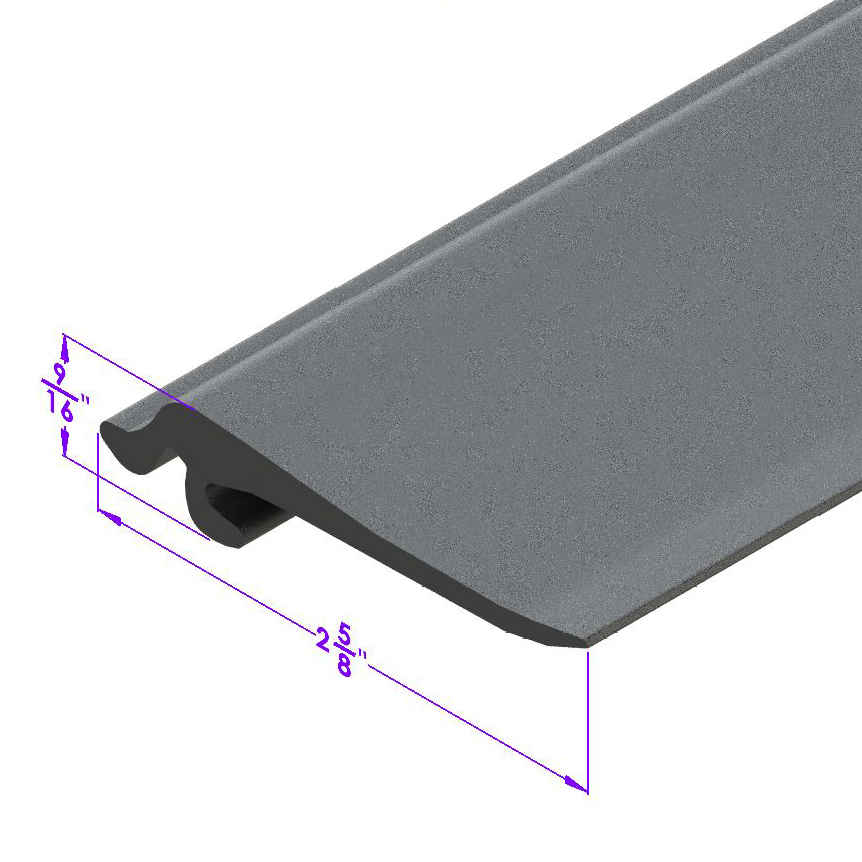 1953 Ford F-100 Top of Radiator Hood Seal. 2-3/4" wide. Sold by the foot-LP 109-G/FTTop of Radiator Hood Seal. 2-3/4" wide. Sold by the foot
1953 Ford F-100 Top of Radiator Hood Seal. 2-3/4" wide. Sold by the foot-LP 109-G/FTTop of Radiator Hood Seal. 2-3/4" wide. Sold by the foot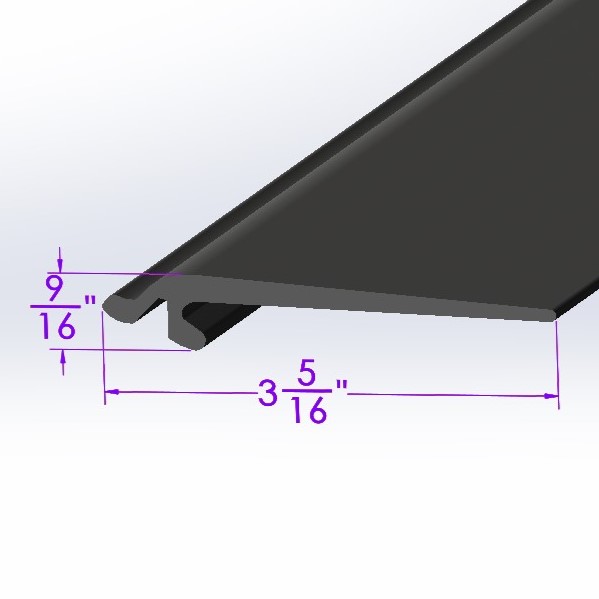 1953 Ford F-100 Cab to Running Board Seal. Sold by the Foot.-LP 98-BCab to Running Board Seal. Sold by the Foot.
1953 Ford F-100 Cab to Running Board Seal. Sold by the Foot.-LP 98-BCab to Running Board Seal. Sold by the Foot. 1953 Ford F-100 Cab to Running Board Seal. Pair of two 8 foot pieces.-LPK 98-BCab to Running Board Seal, 53-55 Ford Truck. Pair of two 8 foot pieces.
1953 Ford F-100 Cab to Running Board Seal. Pair of two 8 foot pieces.-LPK 98-BCab to Running Board Seal, 53-55 Ford Truck. Pair of two 8 foot pieces.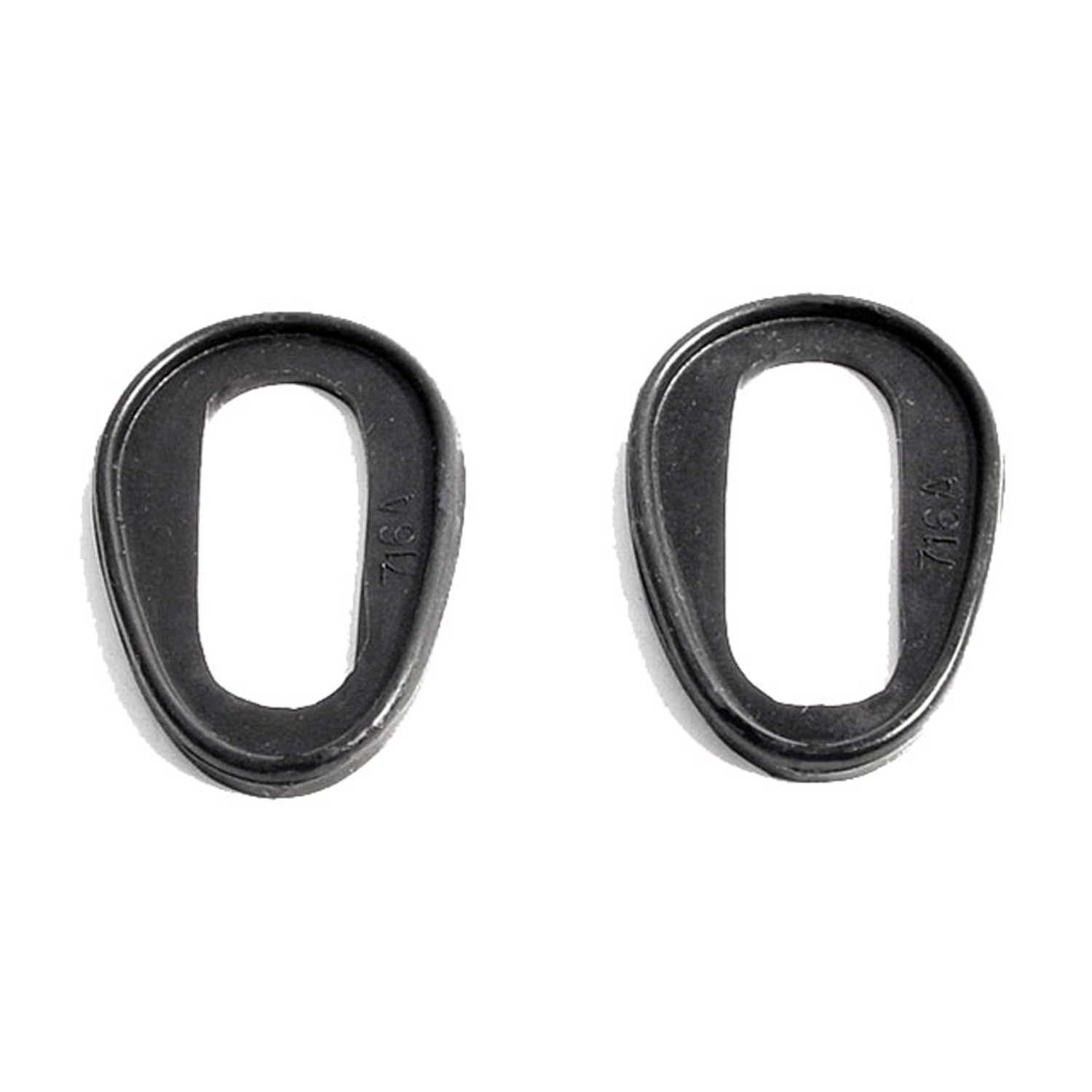 1953 Ford F-100 Door Lock Pads. 1-1/4" wide X 1-3/4" long-MP 716-ADoor Lock Pads. 1-1/4" wide X 1-3/4" long. Pair (Mercury trunk with trimming)
1953 Ford F-100 Door Lock Pads. 1-1/4" wide X 1-3/4" long-MP 716-ADoor Lock Pads. 1-1/4" wide X 1-3/4" long. Pair (Mercury trunk with trimming)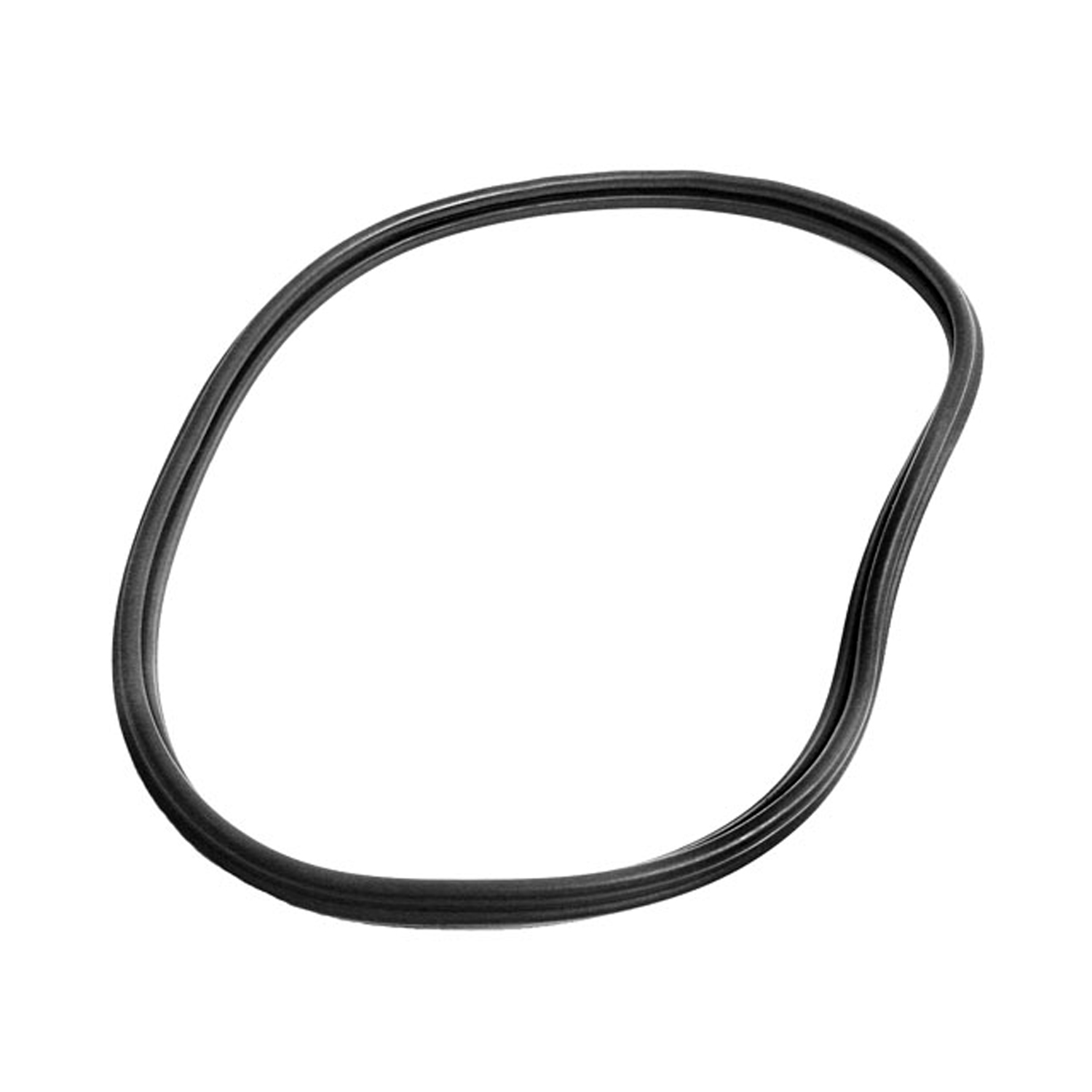 1953 Ford F-100 Cowl Vent Seal. Perfect reproduction-RP 100-TCowl Vent Seal. Perfect reproduction. Instructions included for installation. 13-1/2" diameter rubber ring. Each
1953 Ford F-100 Cowl Vent Seal. Perfect reproduction-RP 100-TCowl Vent Seal. Perfect reproduction. Instructions included for installation. 13-1/2" diameter rubber ring. Each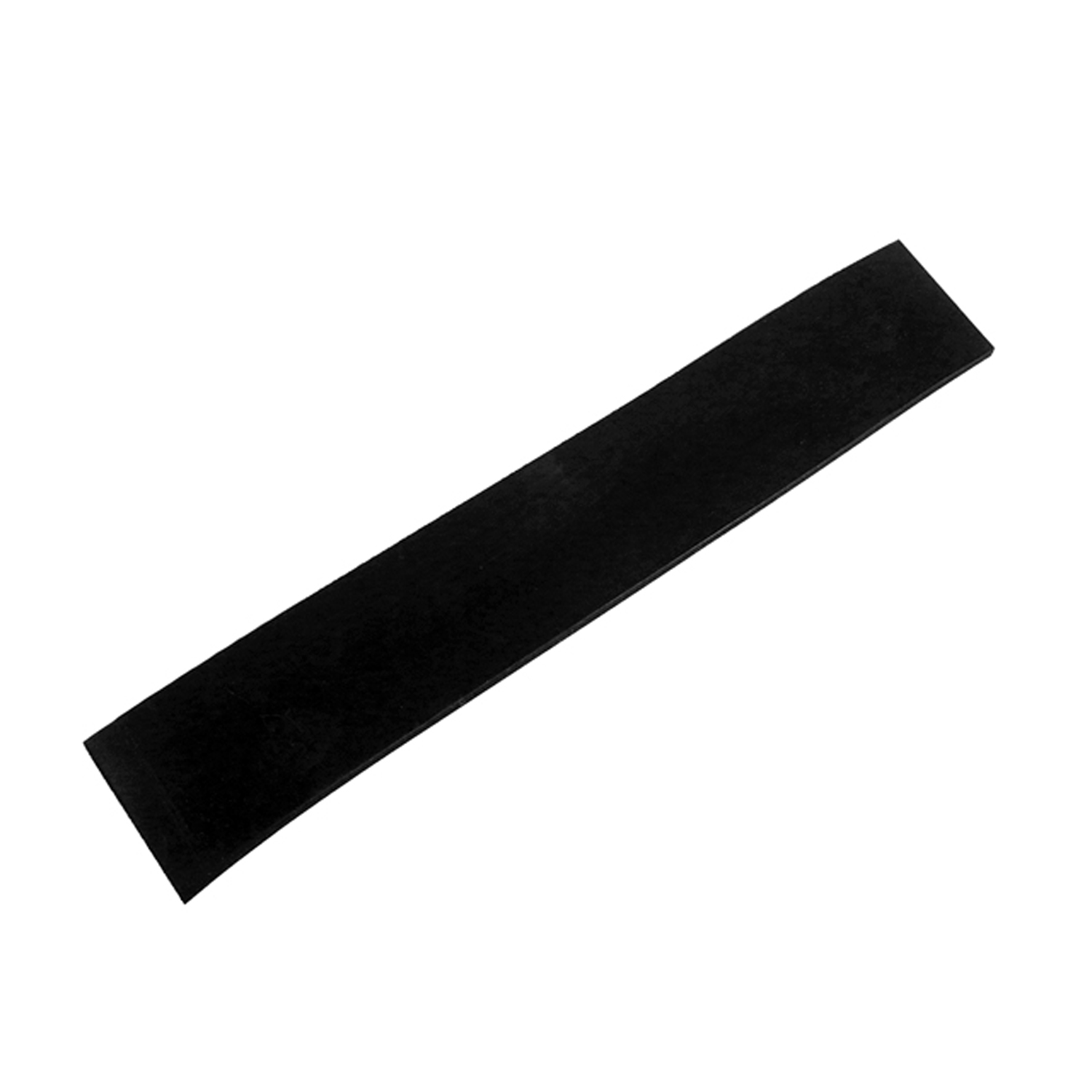 1953 Ford F-100 Battery Splash Shield. 10" X 1-5/8". Each-RP 1-DBattery Splash Shield. 10" X 1-5/8". Each
1953 Ford F-100 Battery Splash Shield. 10" X 1-5/8". Each-RP 1-DBattery Splash Shield. 10" X 1-5/8". Each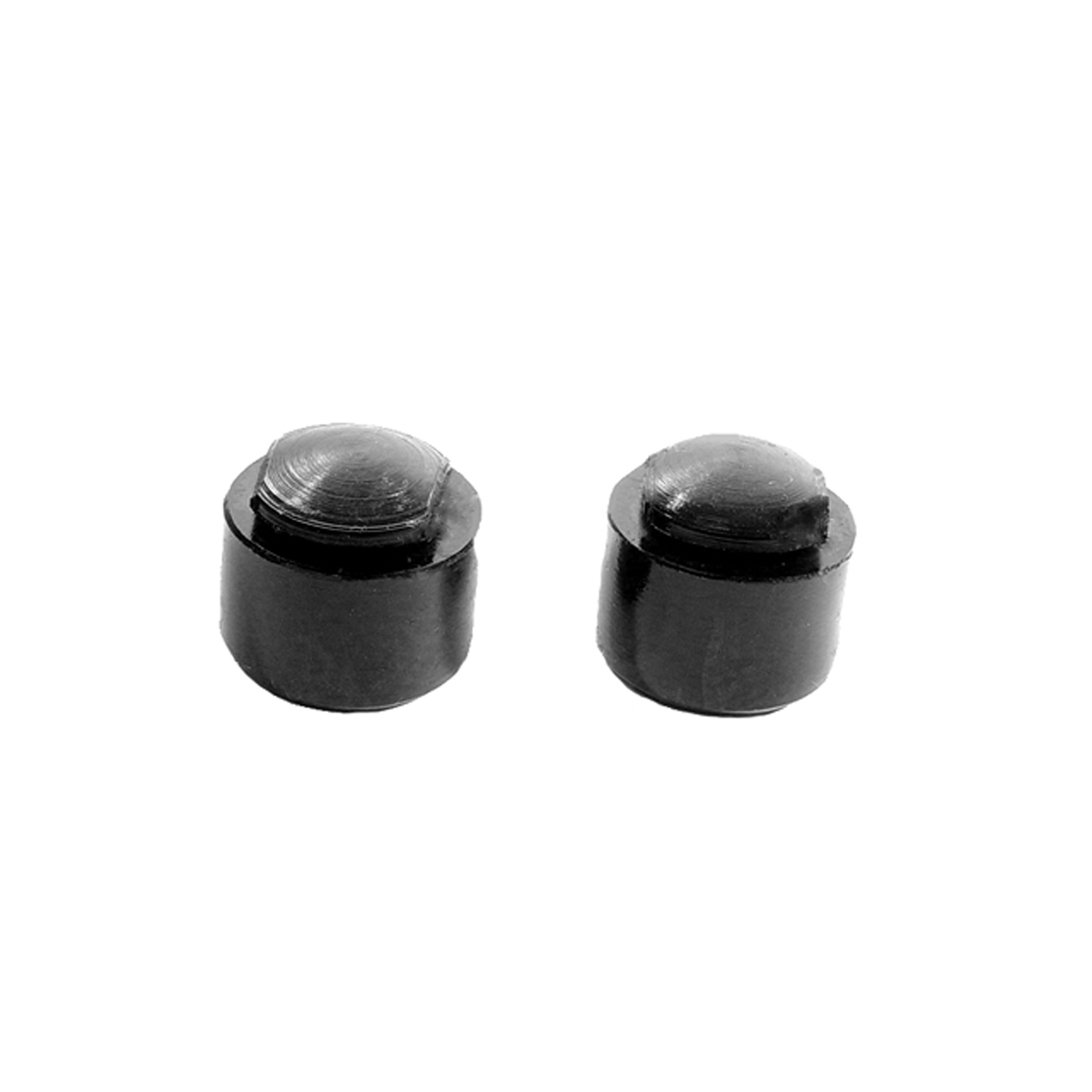 1953 Ford F-100 Clutch and Brake Arm Bumpers. Top quality reproduction-RP 31-KClutch and Brake Arm Bumpers. Top quality reproduction. Pair
1953 Ford F-100 Clutch and Brake Arm Bumpers. Top quality reproduction-RP 31-KClutch and Brake Arm Bumpers. Top quality reproduction. Pair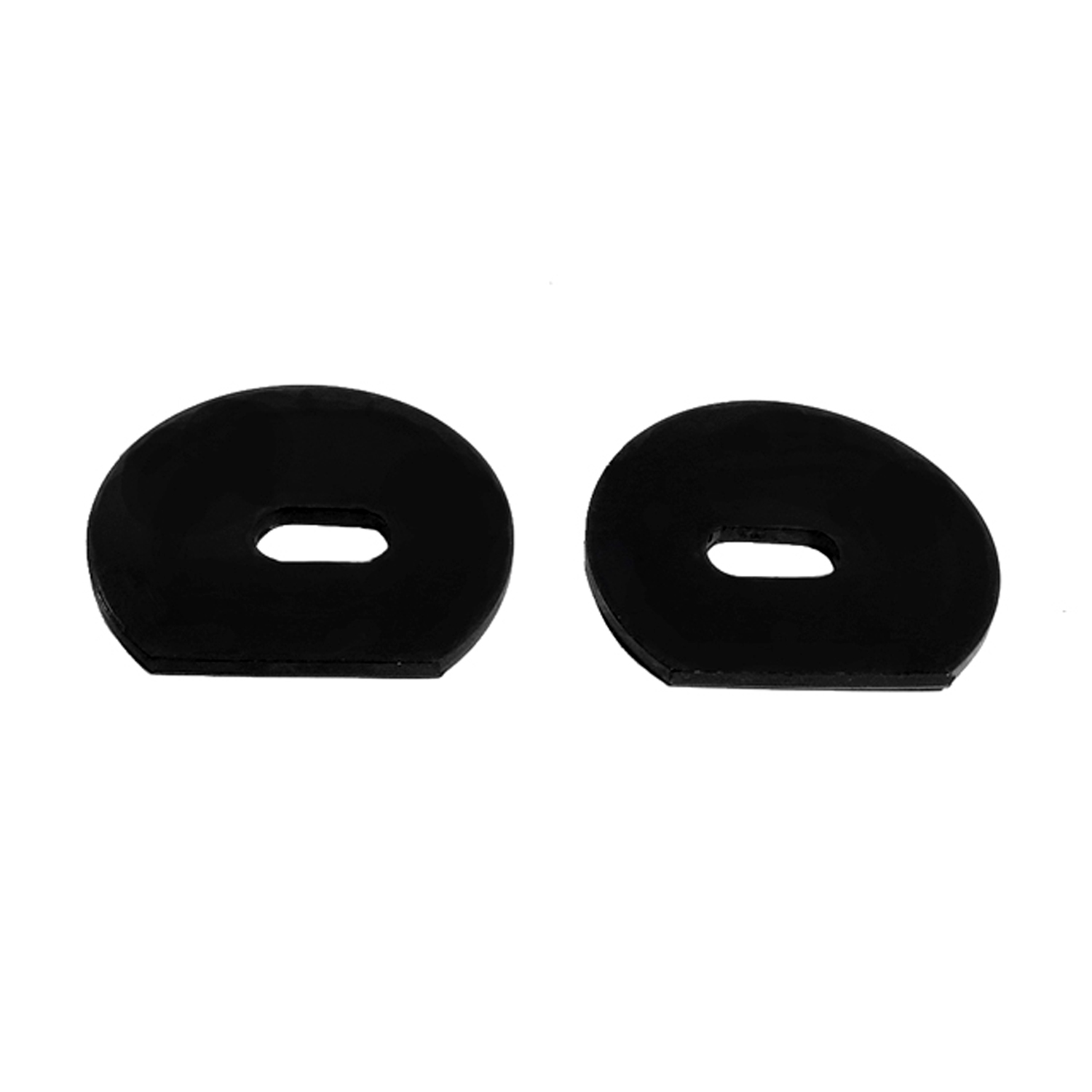 1953 Ford F-100 Clutch and Brake Pedal to Floor Board Seals. Pair-RP 31-LClutch and Brake Pedal to Floor Board Seals. Pair
1953 Ford F-100 Clutch and Brake Pedal to Floor Board Seals. Pair-RP 31-LClutch and Brake Pedal to Floor Board Seals. Pair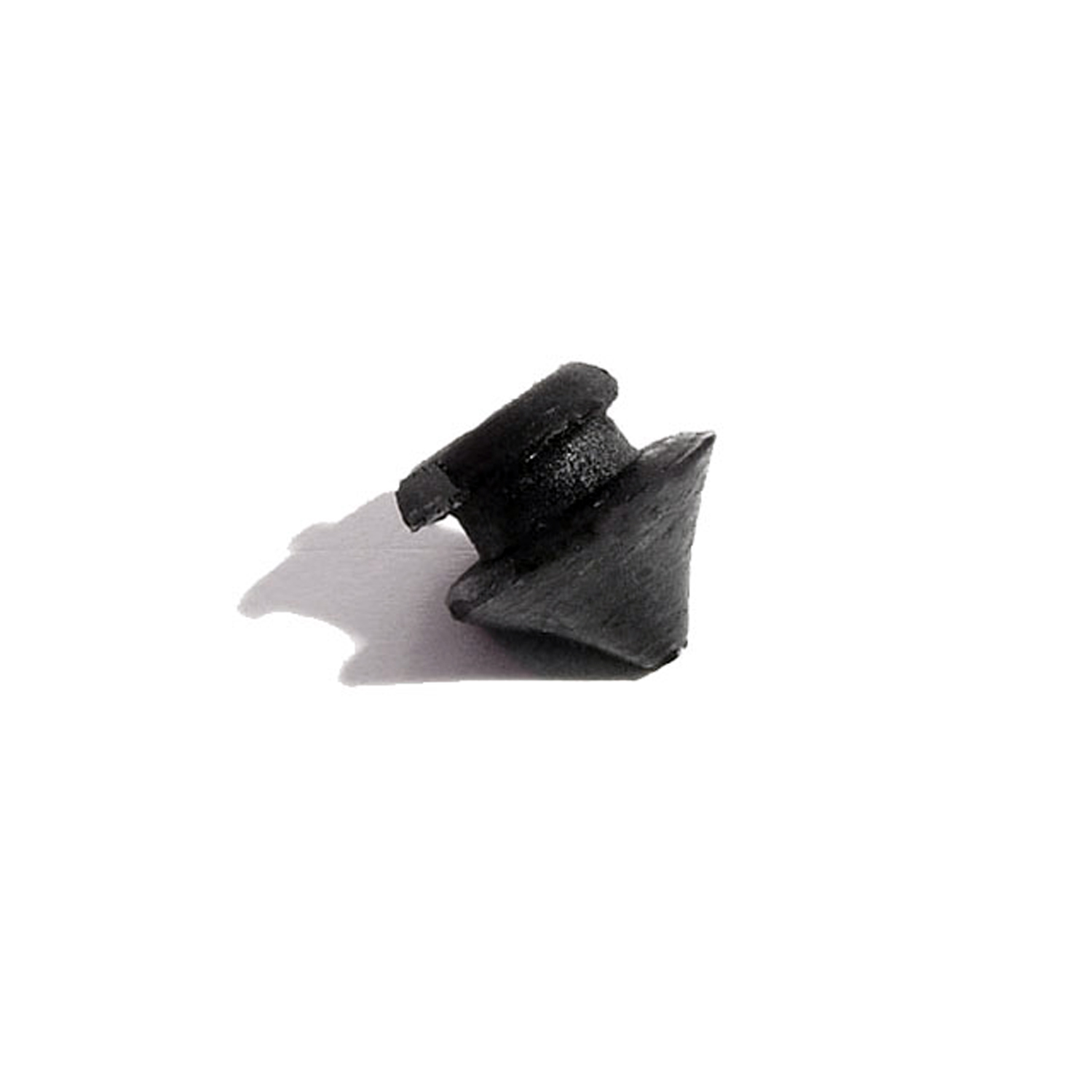 1953 Ford F-100 Glove Box Bumper. Two used per truck. Each-SB 100Glove Box Bumper. Two used per truck. Each
1953 Ford F-100 Glove Box Bumper. Two used per truck. Each-SB 100Glove Box Bumper. Two used per truck. Each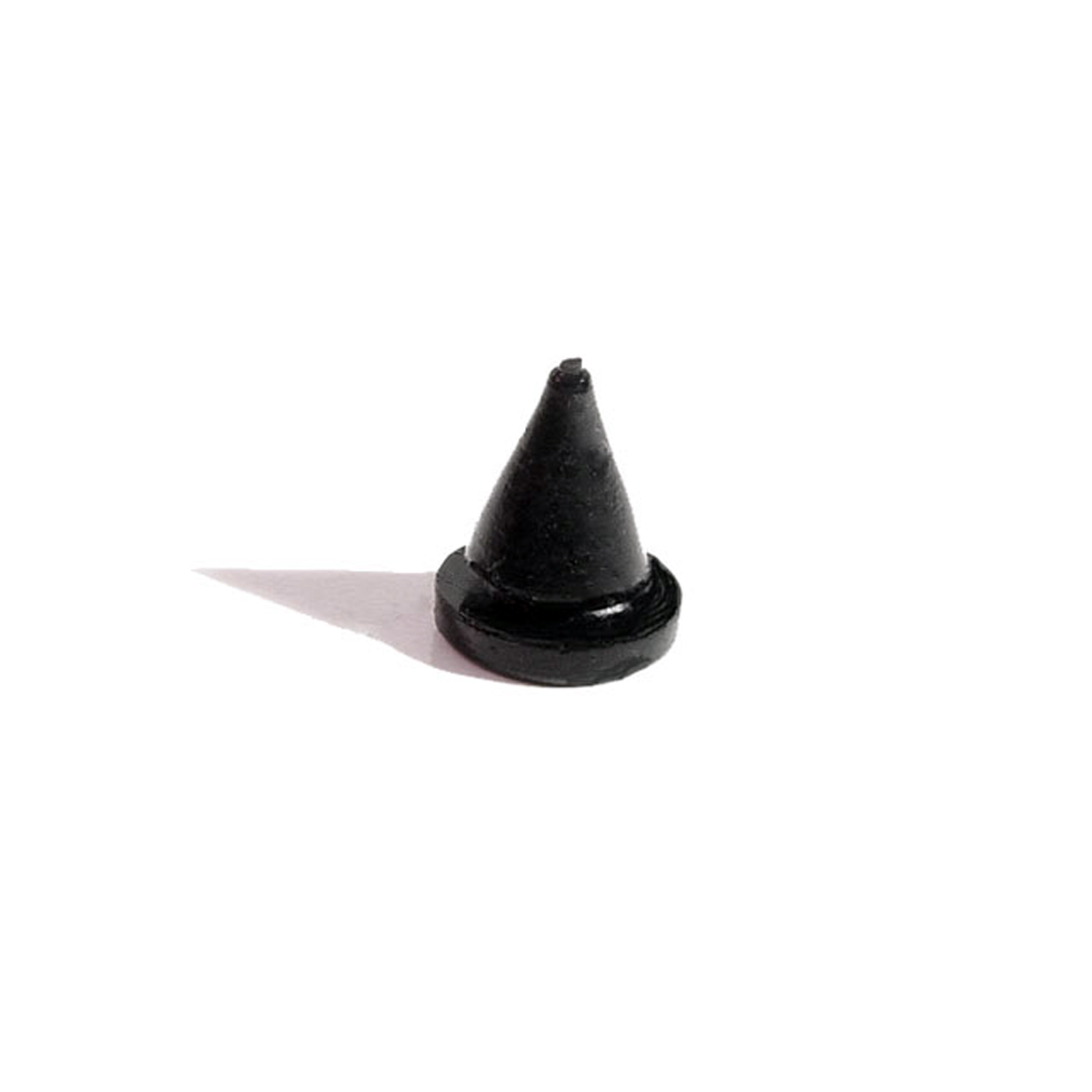 1953 Ford F-100 Wiper Motor Control Wire Grommet. Each-SB 107Wiper Motor Control Wire Grommet. Each
1953 Ford F-100 Wiper Motor Control Wire Grommet. Each-SB 107Wiper Motor Control Wire Grommet. Each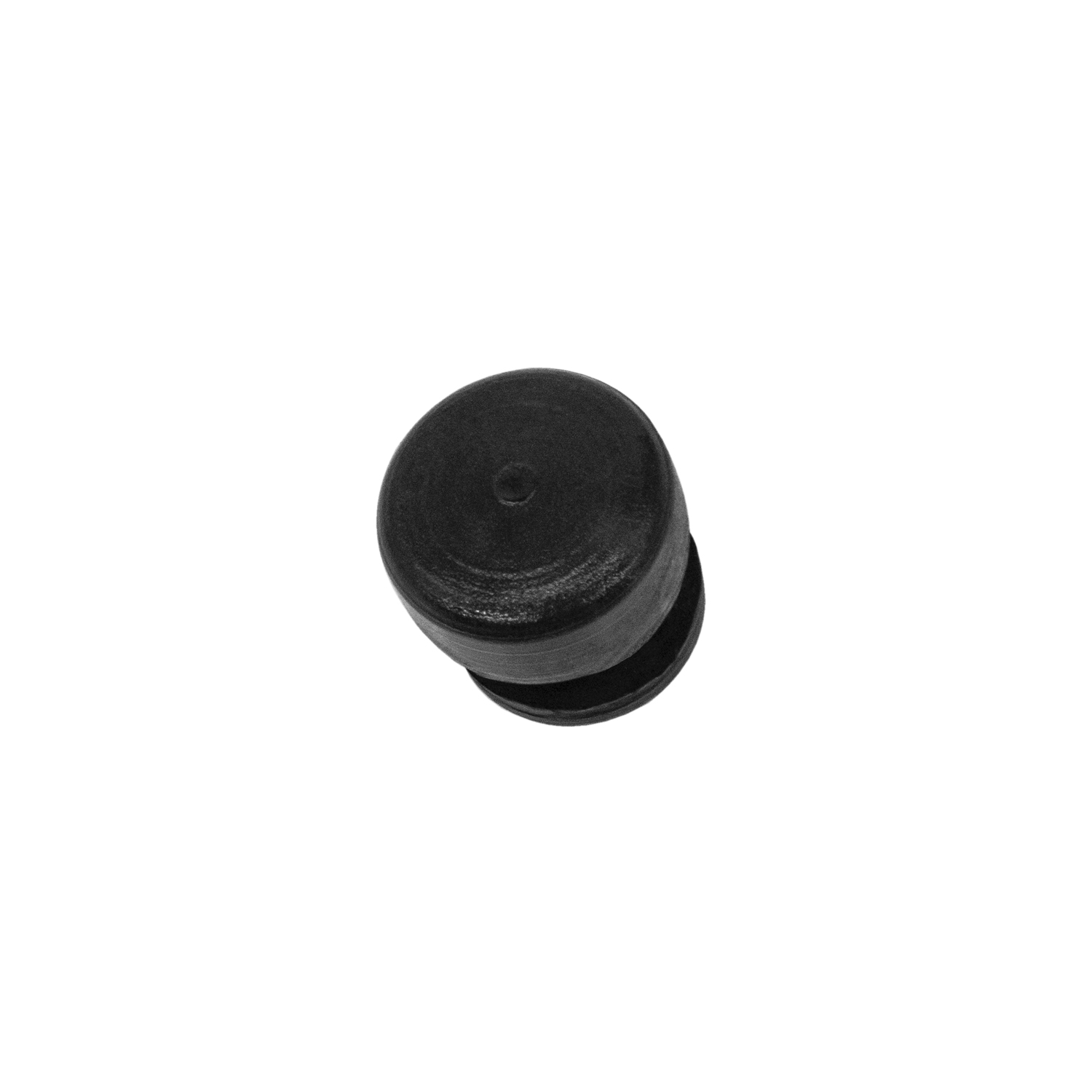 1953 Ford F-100 Tailgate Bumper. Each-SB 84Tailgate Bumper. Each
1953 Ford F-100 Tailgate Bumper. Each-SB 84Tailgate Bumper. Each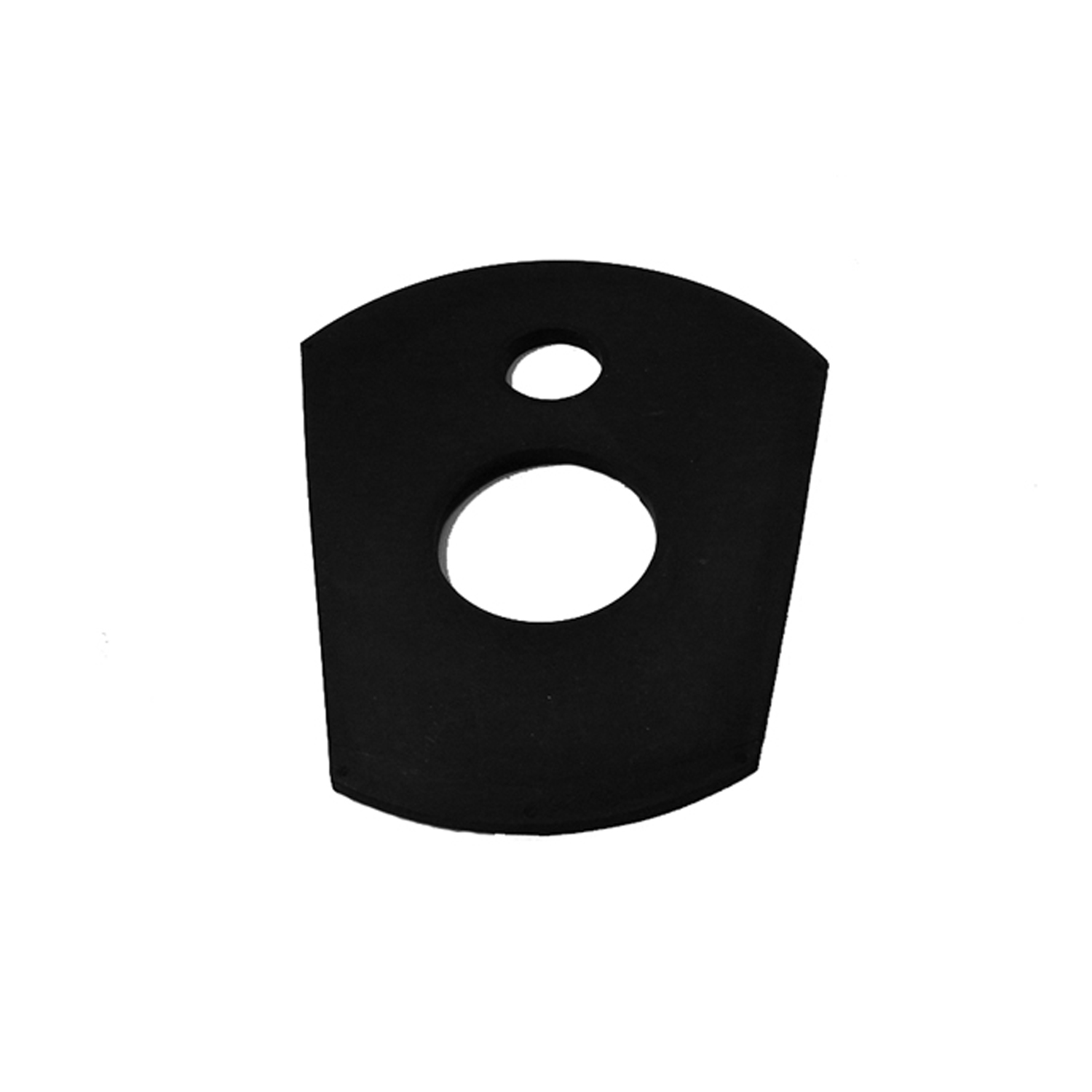 1953 Ford F-100 Firewall Steering Post and Shift Rod Gasket-SC 25Firewall Steering Post and Shift Rod Gasket. For 3-speed models. Each
1953 Ford F-100 Firewall Steering Post and Shift Rod Gasket-SC 25Firewall Steering Post and Shift Rod Gasket. For 3-speed models. Each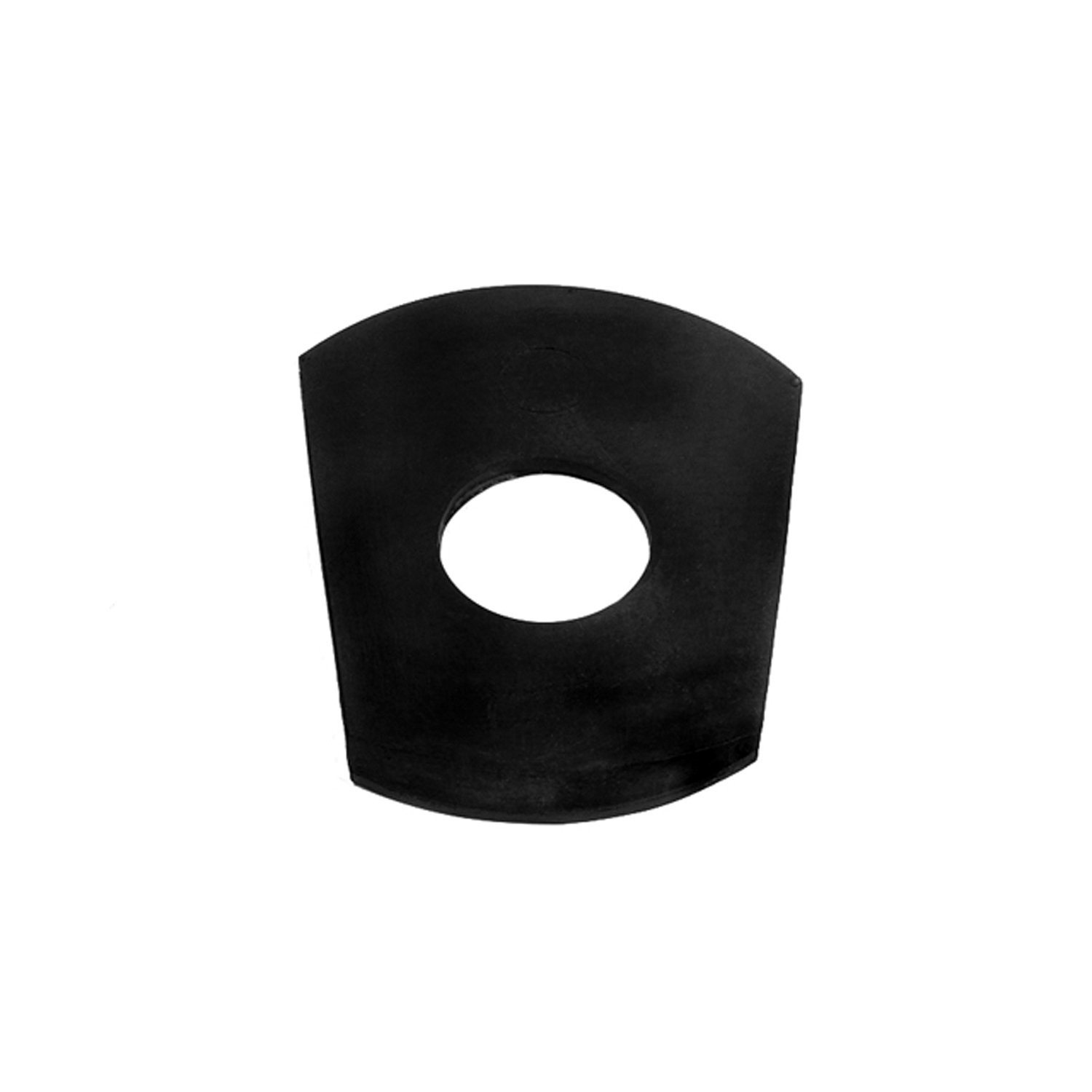 1953 Ford F-100 Firewall Steering Post Gasket. For 4-speed models. Each-SC 25-AFirewall Steering Post Gasket. For 4-speed models. Each
1953 Ford F-100 Firewall Steering Post Gasket. For 4-speed models. Each-SC 25-AFirewall Steering Post Gasket. For 4-speed models. Each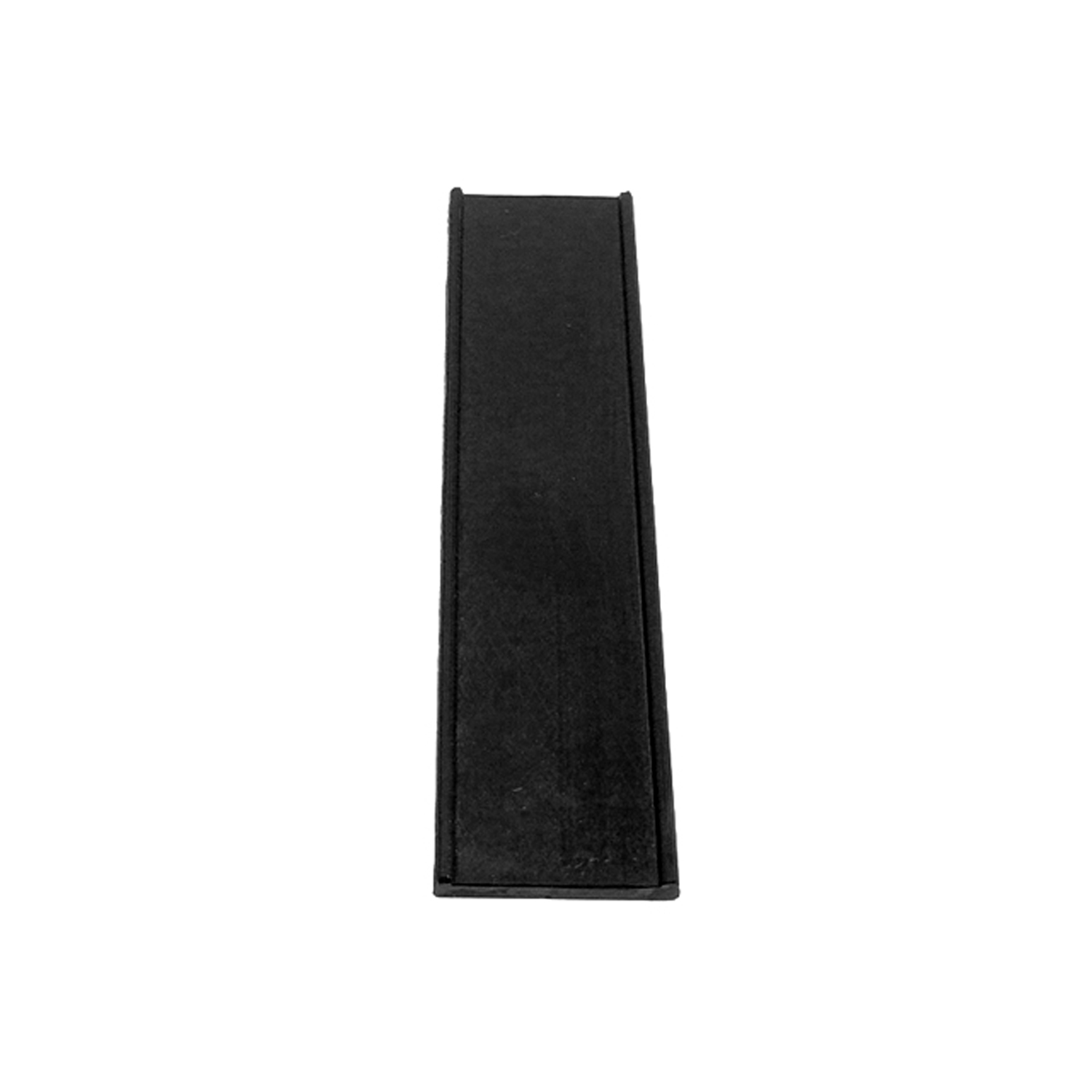 1953 Ford F-100 Steering Column Post Bracket Cushion-SC 26Steering Column Post Bracket Cushion. Top notch reproduction. 5" x 1-1/4". Each
1953 Ford F-100 Steering Column Post Bracket Cushion-SC 26Steering Column Post Bracket Cushion. Top notch reproduction. 5" x 1-1/4". Each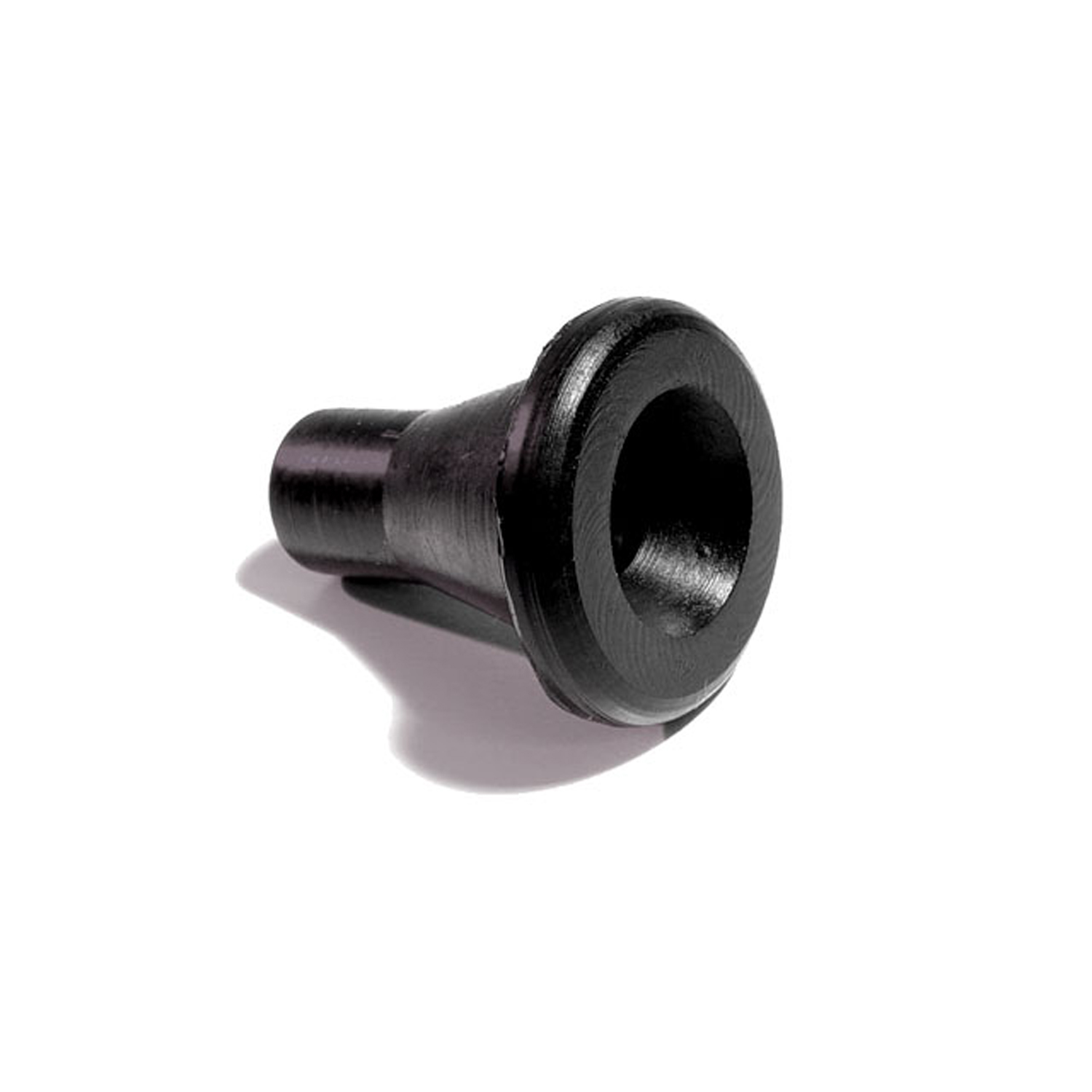 1953 Ford F-100 Gas Gauge Wire through Frame. For sending unit. 1" O.D-SM 71Gas Gauge Wire through Frame. For sending unit. 1" O.D. Each
1953 Ford F-100 Gas Gauge Wire through Frame. For sending unit. 1" O.D-SM 71Gas Gauge Wire through Frame. For sending unit. 1" O.D. Each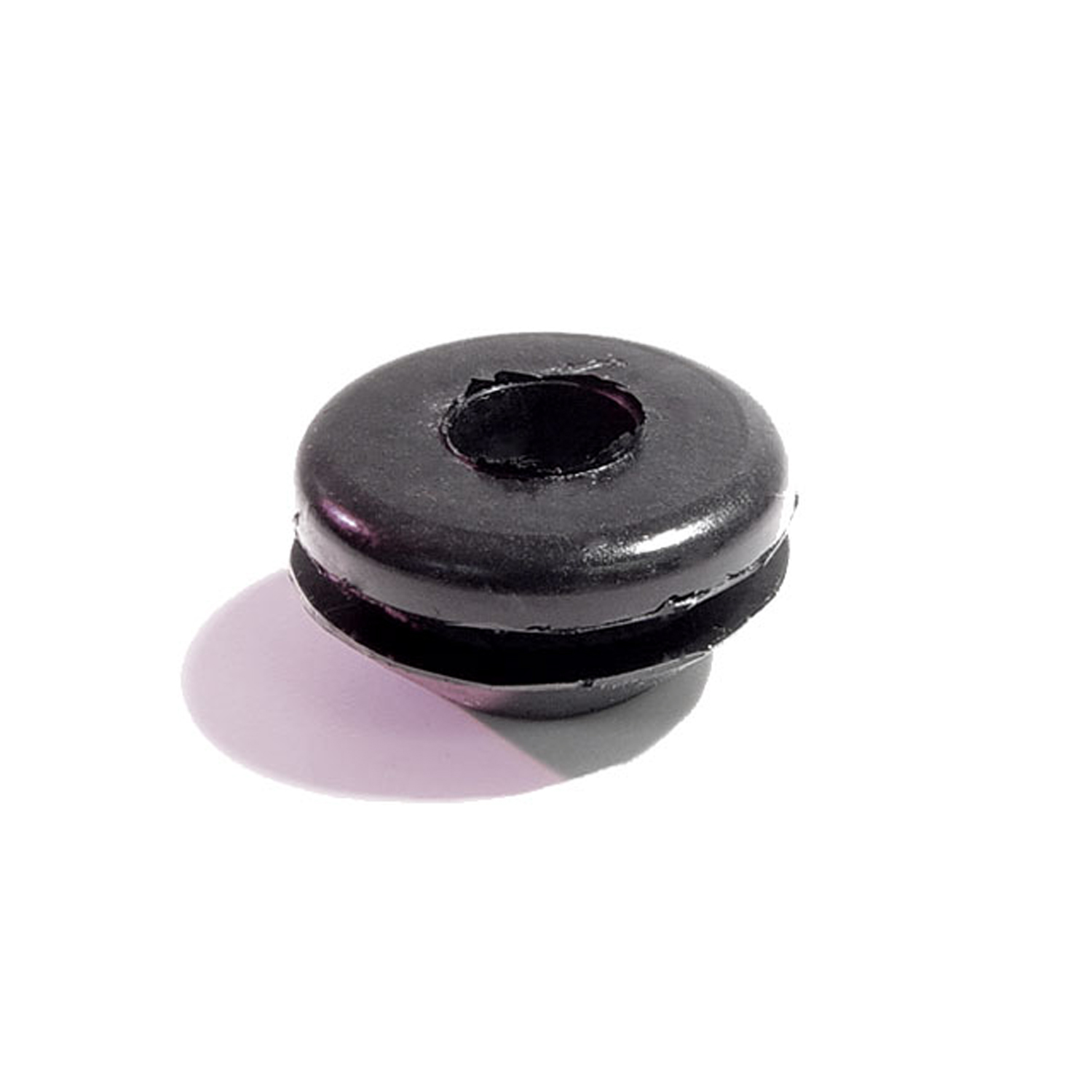 1953 Ford F-100 Floor Plug Grommet. Used on each side of seat-SM 74Floor Plug Grommet. Used on each side of seat. fits 3/4" hole size. Each
1953 Ford F-100 Floor Plug Grommet. Used on each side of seat-SM 74Floor Plug Grommet. Used on each side of seat. fits 3/4" hole size. Each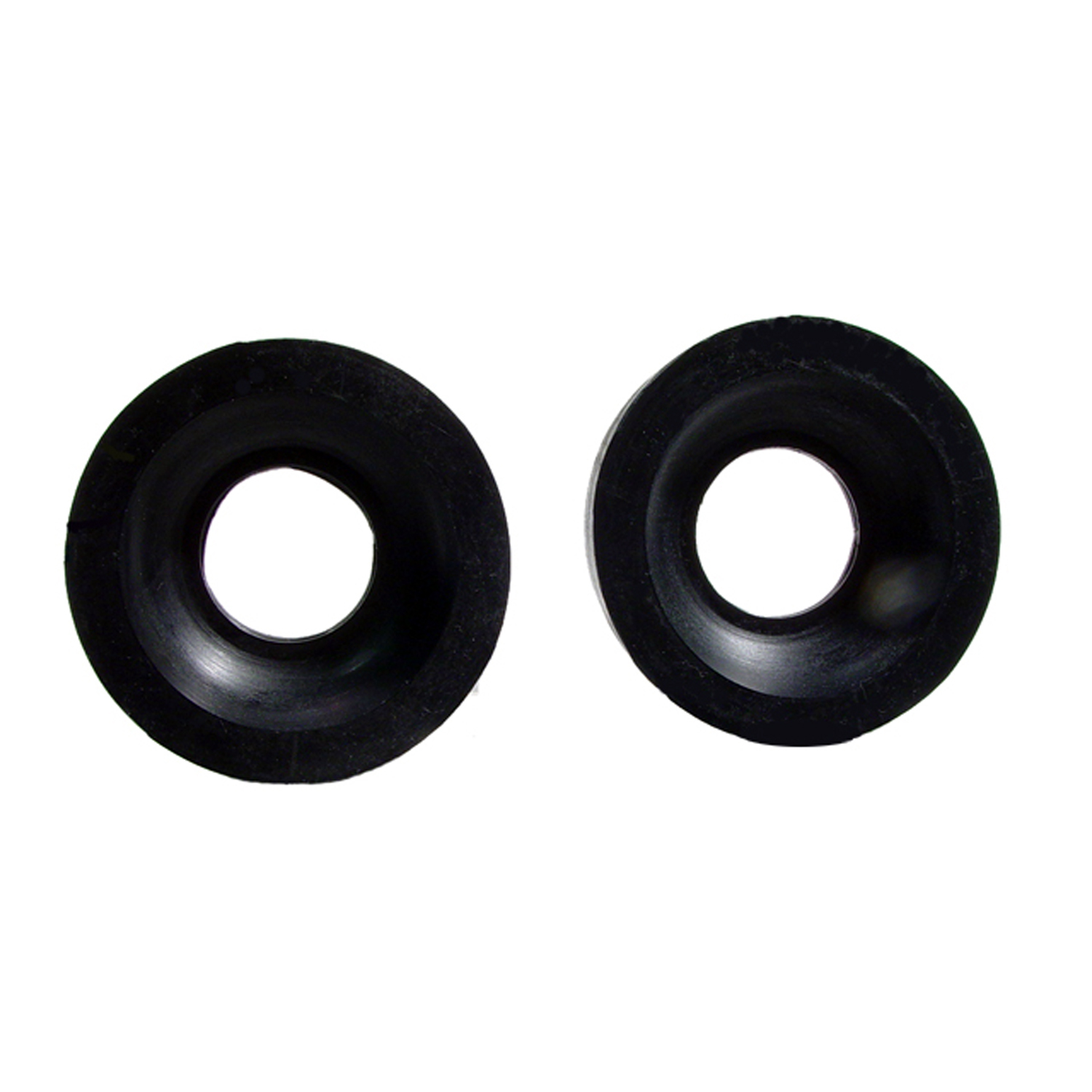 1953 Ford F-100 Universal Special Purpose Grommet. 1" I.D., 2-1/2" O.D-SM 76Universal Special Purpose Grommet. 1" I.D., 2-1/2" O.D., 3/4" High. Pair
1953 Ford F-100 Universal Special Purpose Grommet. 1" I.D., 2-1/2" O.D-SM 76Universal Special Purpose Grommet. 1" I.D., 2-1/2" O.D., 3/4" High. Pair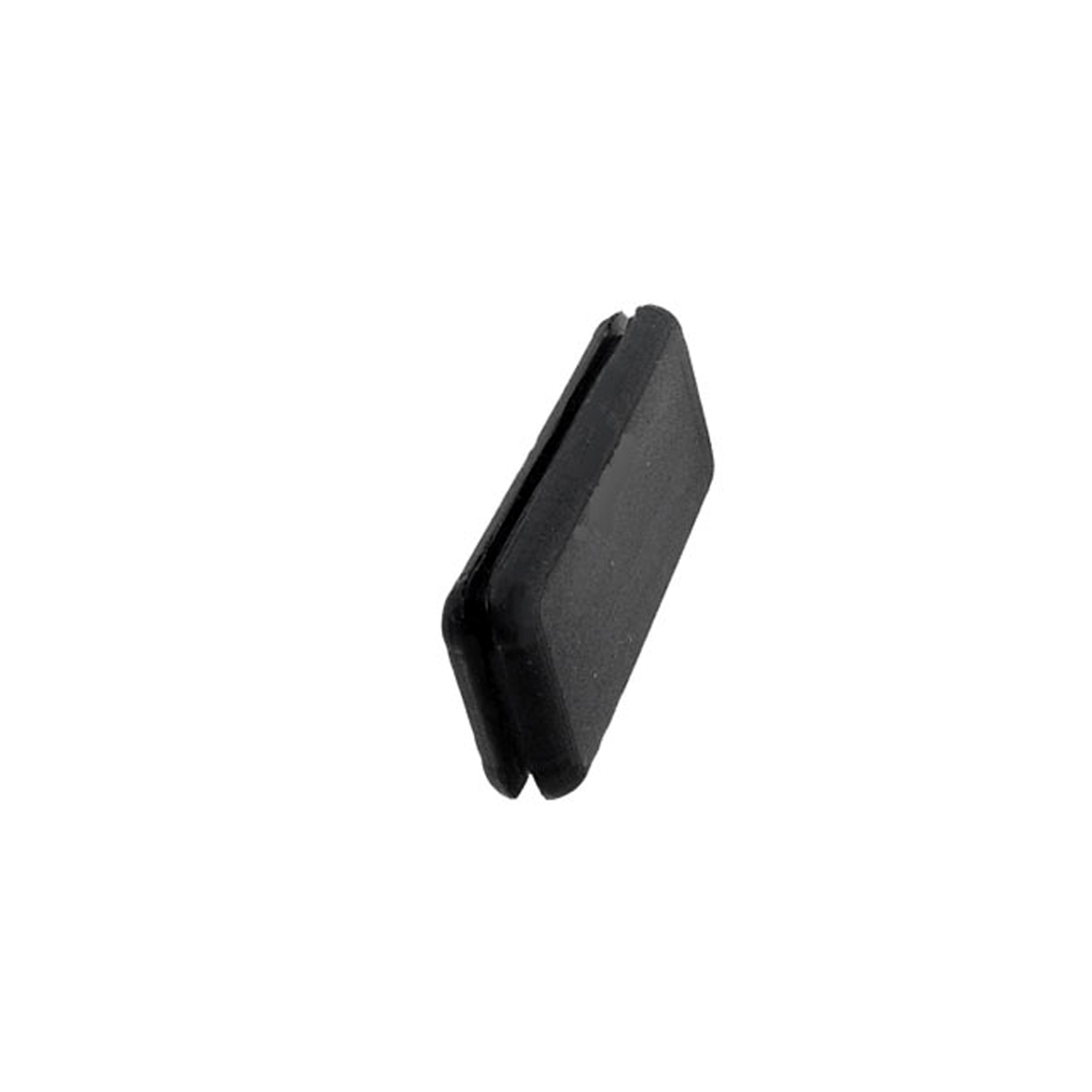 1953 Ford F-100 Mirror Hole Plug-SM 77Mirror Hole Plug. For panel trucks and trucks without side mirrors. Fits a 1/2" wide X 1-5/8" long hole. Each
1953 Ford F-100 Mirror Hole Plug-SM 77Mirror Hole Plug. For panel trucks and trucks without side mirrors. Fits a 1/2" wide X 1-5/8" long hole. Each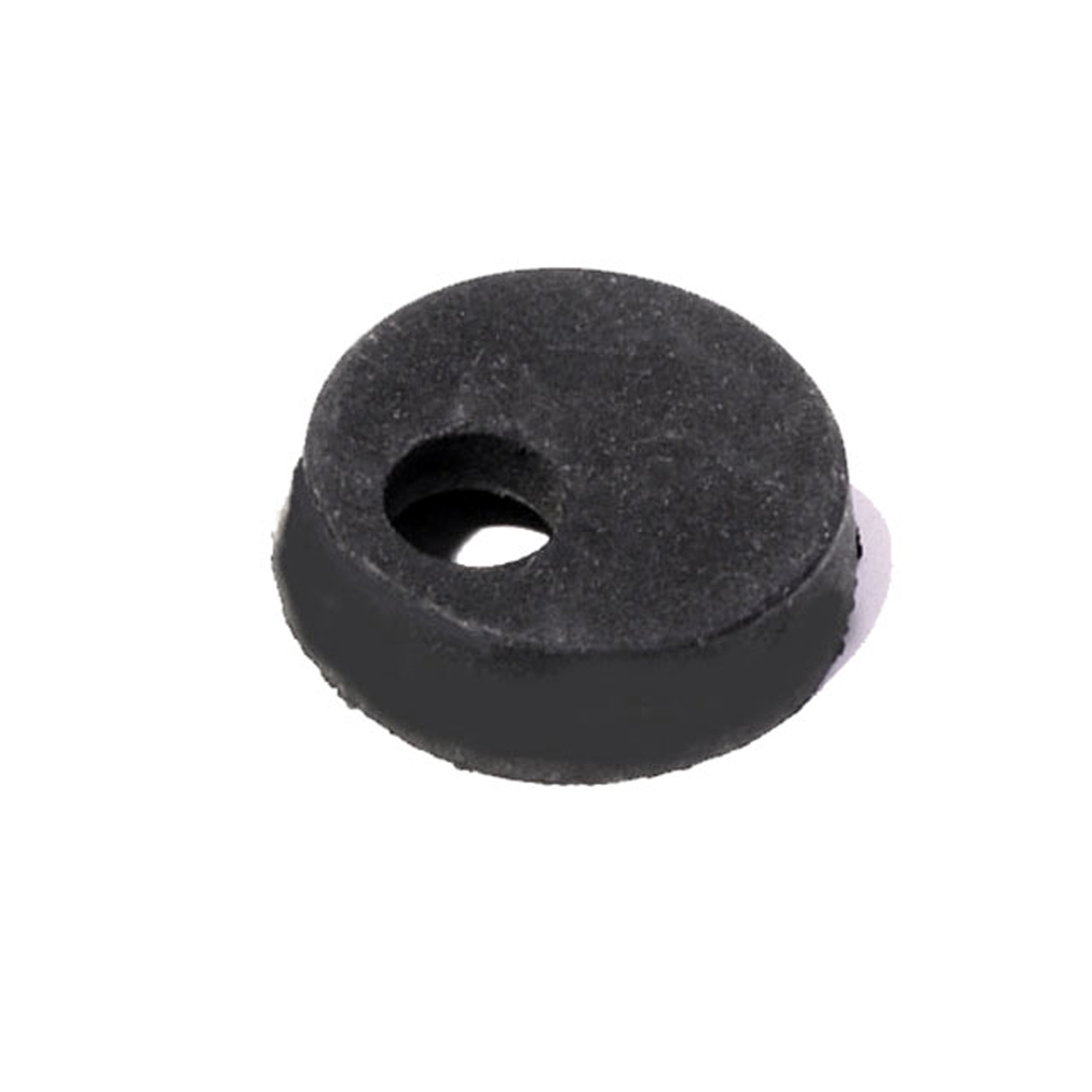 1953 Ford F-100 Special Purpose Grommet. Main wiring loom. 1-9/16" O.D-SM 78Special Purpose Grommet. Main wiring loom. 1-9/16" O.D., 1/2" hole. Each
1953 Ford F-100 Special Purpose Grommet. Main wiring loom. 1-9/16" O.D-SM 78Special Purpose Grommet. Main wiring loom. 1-9/16" O.D., 1/2" hole. Each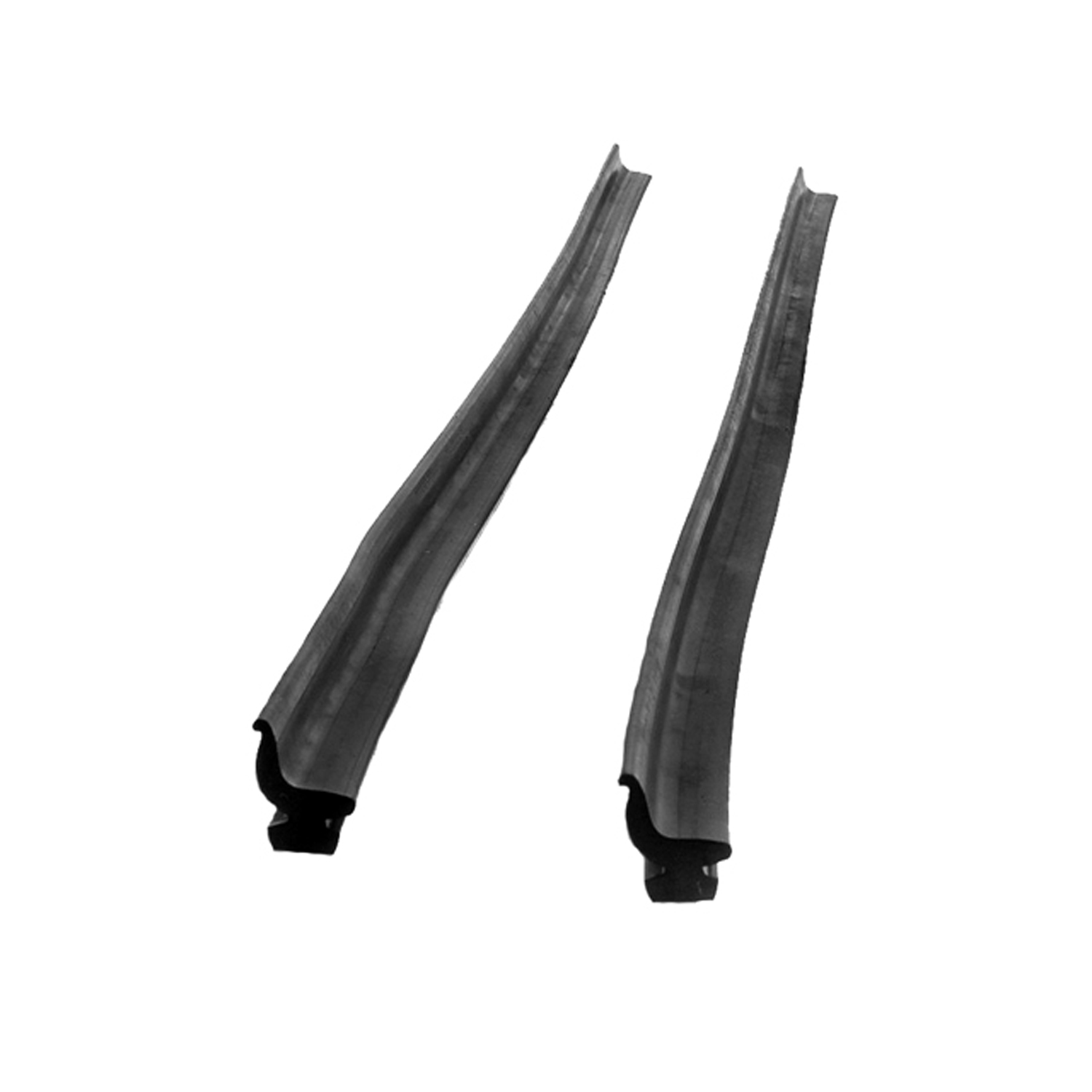 1953 Ford F-100 Rear roll-up Seal. Two 18" sections sliced into metal track-VS 4Rear roll-up Seal. Two 18" sections sliced into metal track. this foot with no steel insert. Pair
1953 Ford F-100 Rear roll-up Seal. Two 18" sections sliced into metal track-VS 4Rear roll-up Seal. Two 18" sections sliced into metal track. this foot with no steel insert. Pair 1953 Ford F-100 Vulcanized Windshield Seal. Each-VWS 3302Vulcanized Windshield Seal. Each
1953 Ford F-100 Vulcanized Windshield Seal. Each-VWS 3302Vulcanized Windshield Seal. Each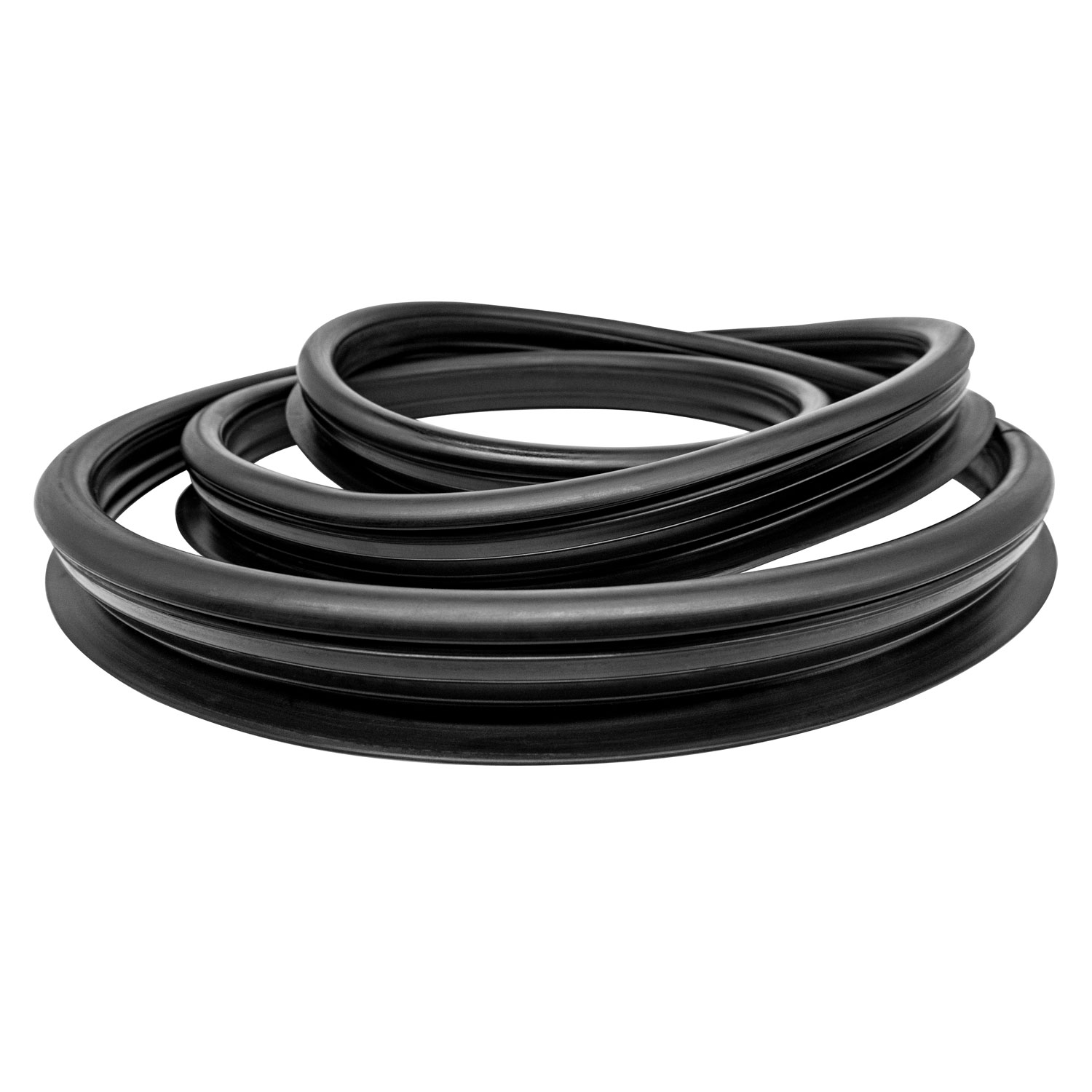 1953 Ford F-100 Vulcanized Rear Windshield Seal-VWS 3302-RVulcanized Rear Windshield Seal. For trucks without wrap-around rear window. Each
1953 Ford F-100 Vulcanized Rear Windshield Seal-VWS 3302-RVulcanized Rear Windshield Seal. For trucks without wrap-around rear window. Each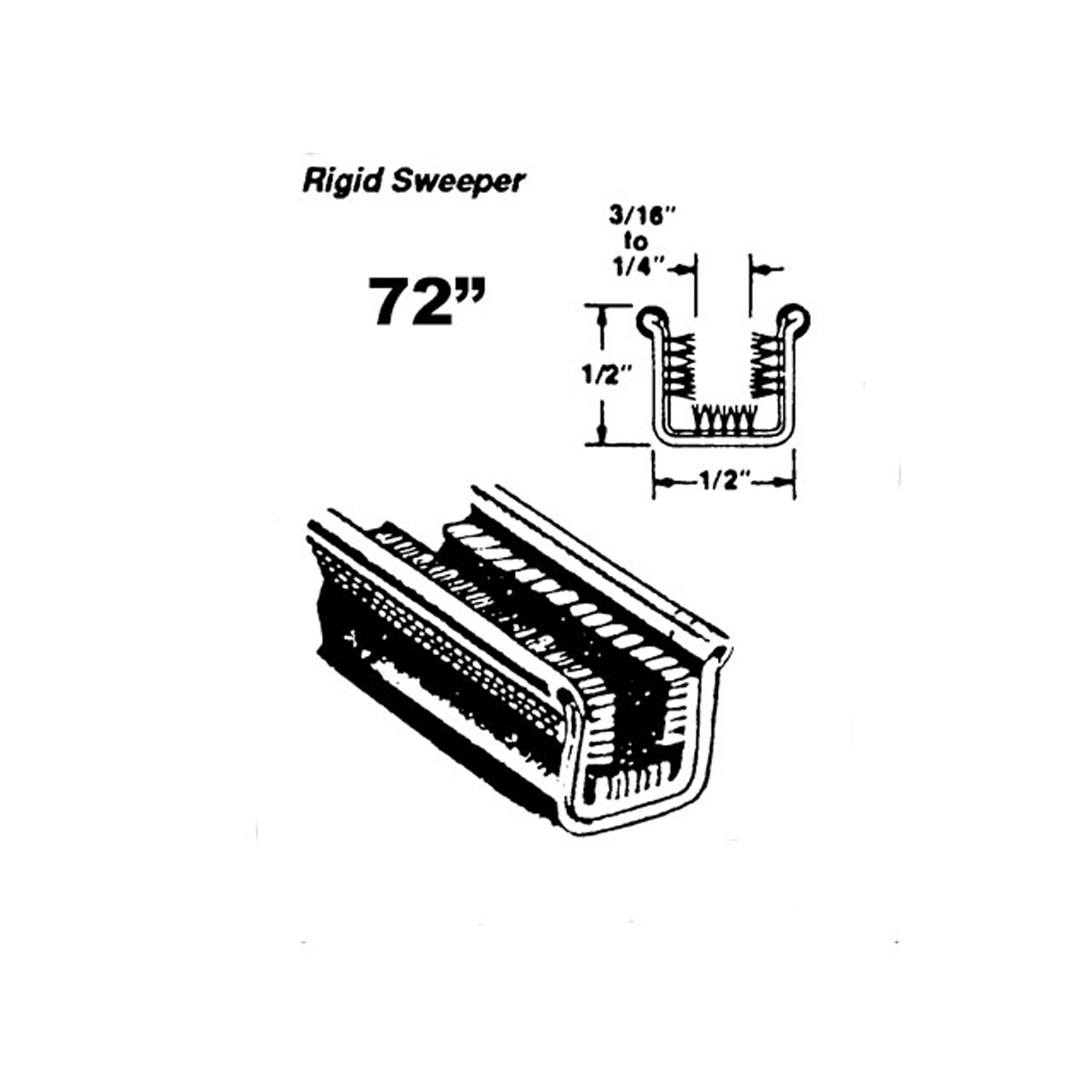 1953 Ford F-100 Rigid division-bar channel-WC 29-72Rigid division-bar channel. Made with stainless steel bead, pile lining and heavy steel core. 72 in. long. Each. NOTE: $20 special shipping charge applies for domestic orders. Call or email for overseas shipping costs. Part can be sectioned into two equal lengths to reduce overseas shipping costs.
1953 Ford F-100 Rigid division-bar channel-WC 29-72Rigid division-bar channel. Made with stainless steel bead, pile lining and heavy steel core. 72 in. long. Each. NOTE: $20 special shipping charge applies for domestic orders. Call or email for overseas shipping costs. Part can be sectioned into two equal lengths to reduce overseas shipping costs.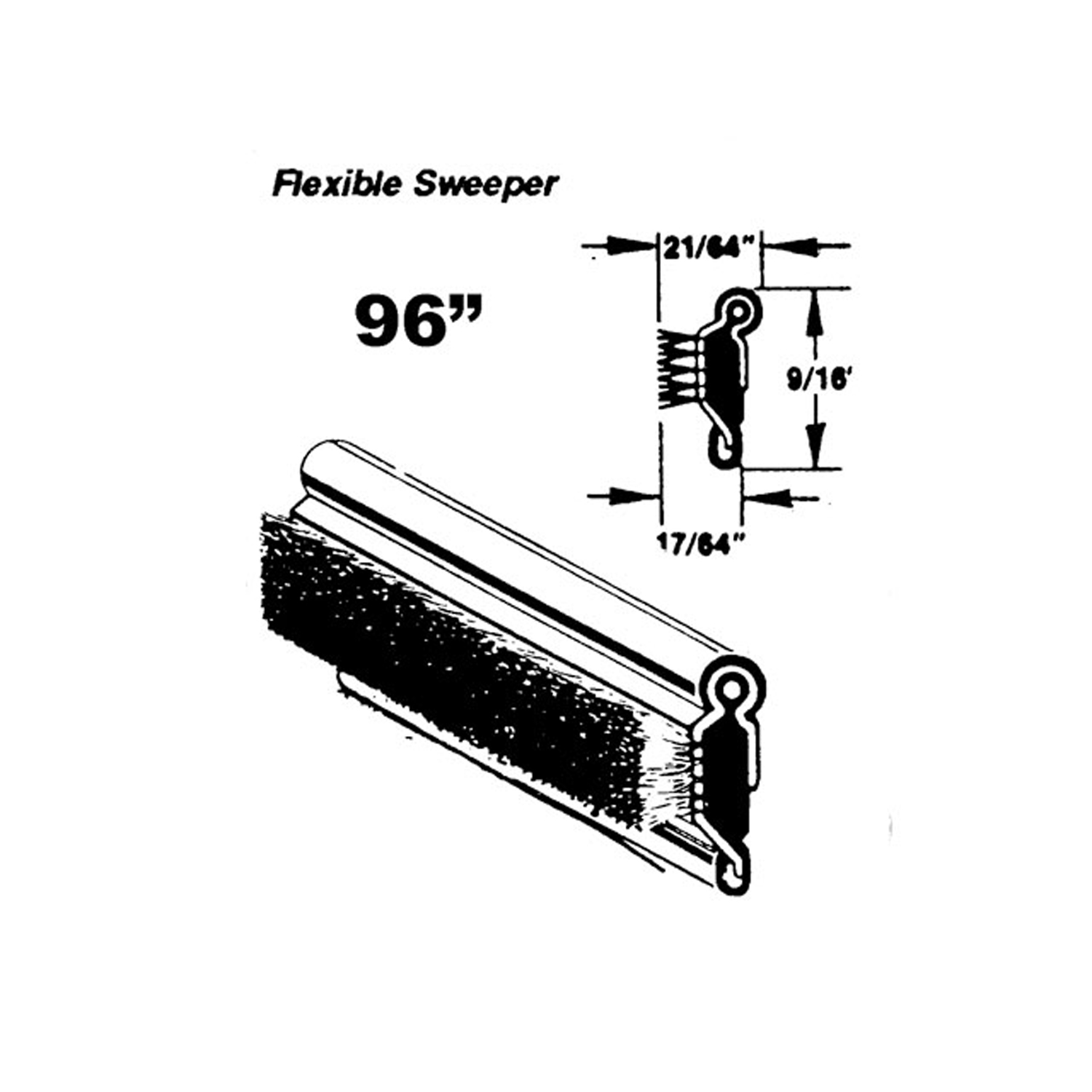 1953 Ford F-100 Flexible window sweeper. Made with stainless steel bead-WC 7-96Flexible window sweeper. Made with stainless steel bead. 96 in. long. Each. NOTE: $20 special shipping charge applies for domestic orders. Call or email for overseas shipping costs. Part can be sectioned in two or three equal lengths to reduce overseas shipping costs.
1953 Ford F-100 Flexible window sweeper. Made with stainless steel bead-WC 7-96Flexible window sweeper. Made with stainless steel bead. 96 in. long. Each. NOTE: $20 special shipping charge applies for domestic orders. Call or email for overseas shipping costs. Part can be sectioned in two or three equal lengths to reduce overseas shipping costs. 1953 Ford F-100 Vent Window Seals. Pair R&L-WR 3310Vent Window Seals. Pair R&L
1953 Ford F-100 Vent Window Seals. Pair R&L-WR 3310Vent Window Seals. Pair R&LWhy Choose Metro?
For over 100 years, Metro Moulded Parts has been the pinnacle of quality in classic car restoration parts. Our commitment to precision and authenticity in every component ensures a perfect fit and an OEM-level appearance.
- Expert Craftsmanship & Quality: Each part is a testament to our dedication to reliability and perfection, crafted from original designs and thoroughly tested.
- Advanced Technology: We use cutting-edge techniques to create flawless, long-lasting parts that surpass others in performance.
- SuperSoft Sponge – The Ultimate Door Seal: Not only are our door seals 30% softer than competitors', but they're also guaranteed to never leak. They effectively reduce wind and road noise, enhancing your classic car's comfort and driving experience.
- Proudly American: Our parts are a product of American craftsmanship, made in the USA with a spirit of excellence and heritage.
- Unrivaled Warranty: We back our products with a 30-year industry-leading warranty, a testament to our confidence in their quality.
Join us in preserving the legacy of classic cars with parts that are crafted for perfection, not just made.

